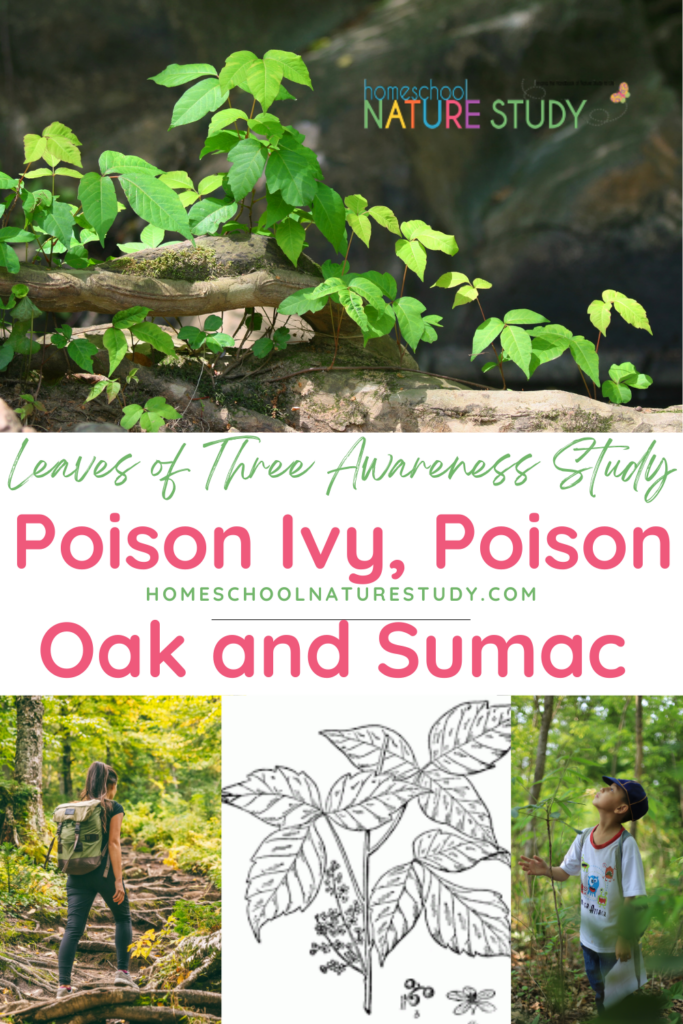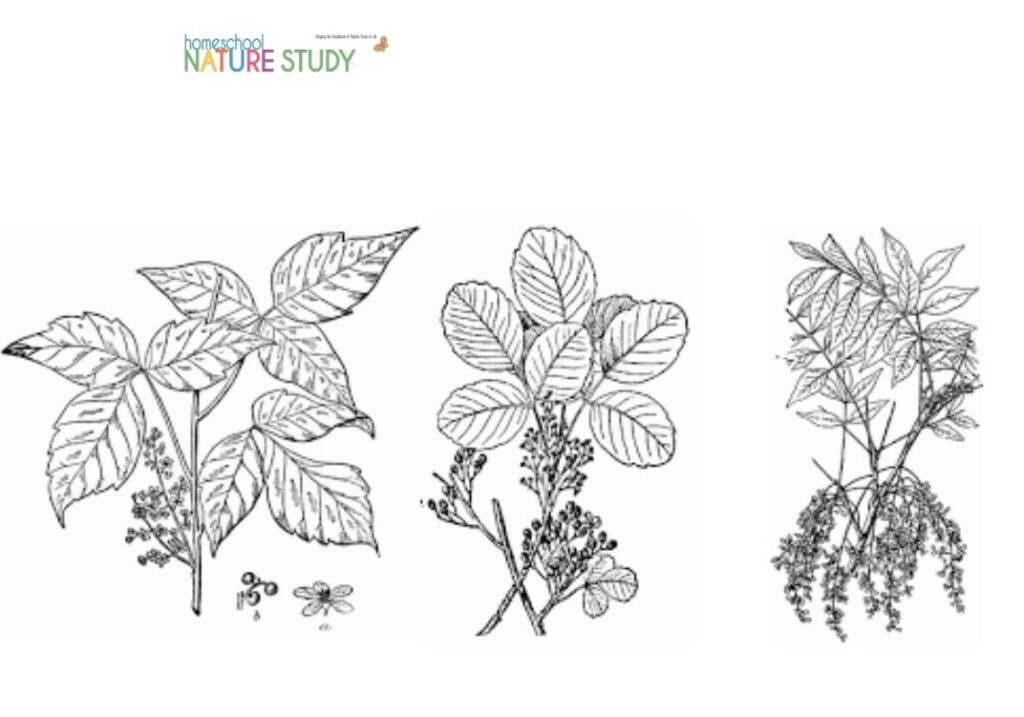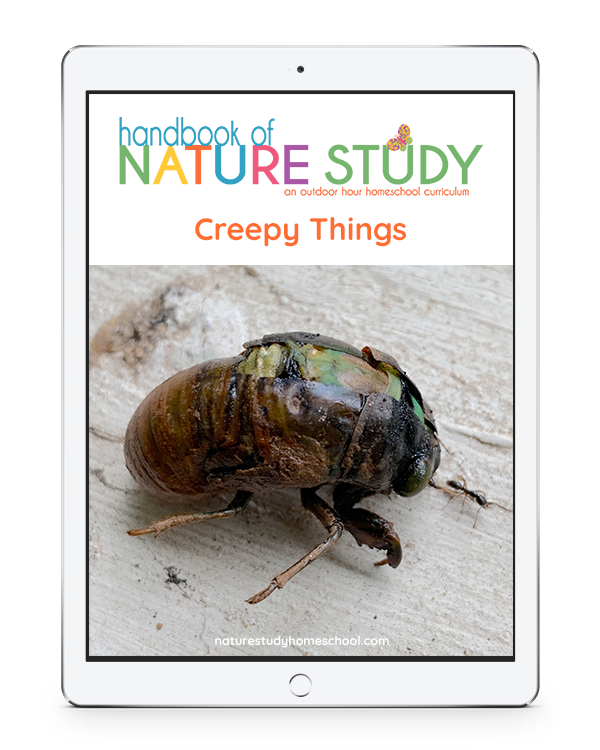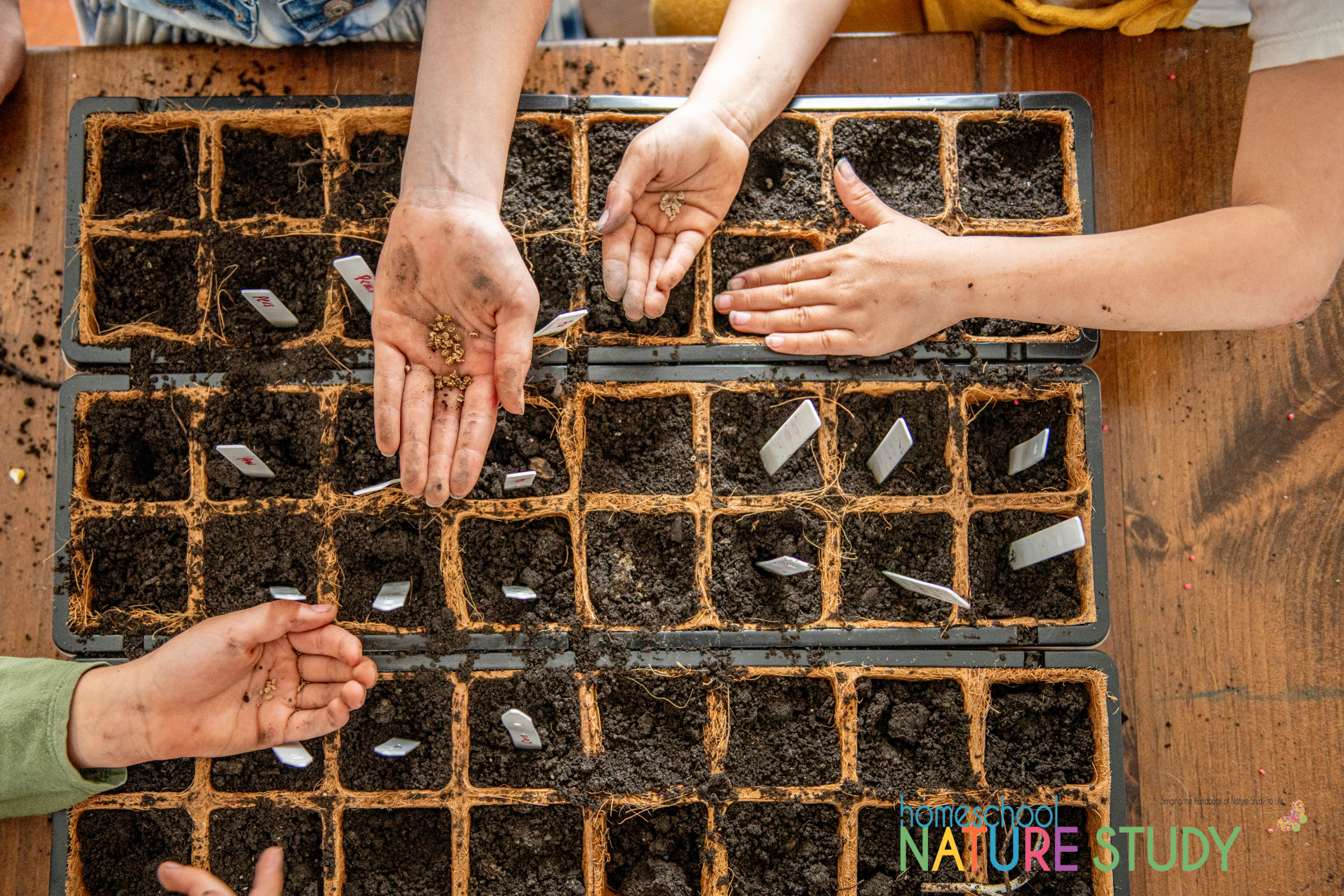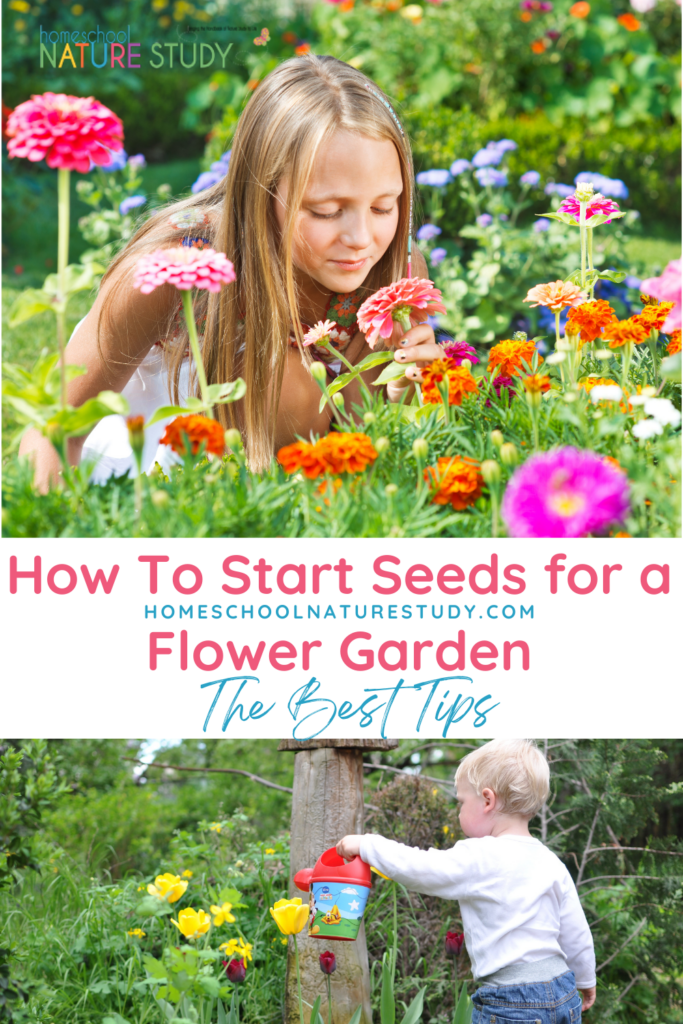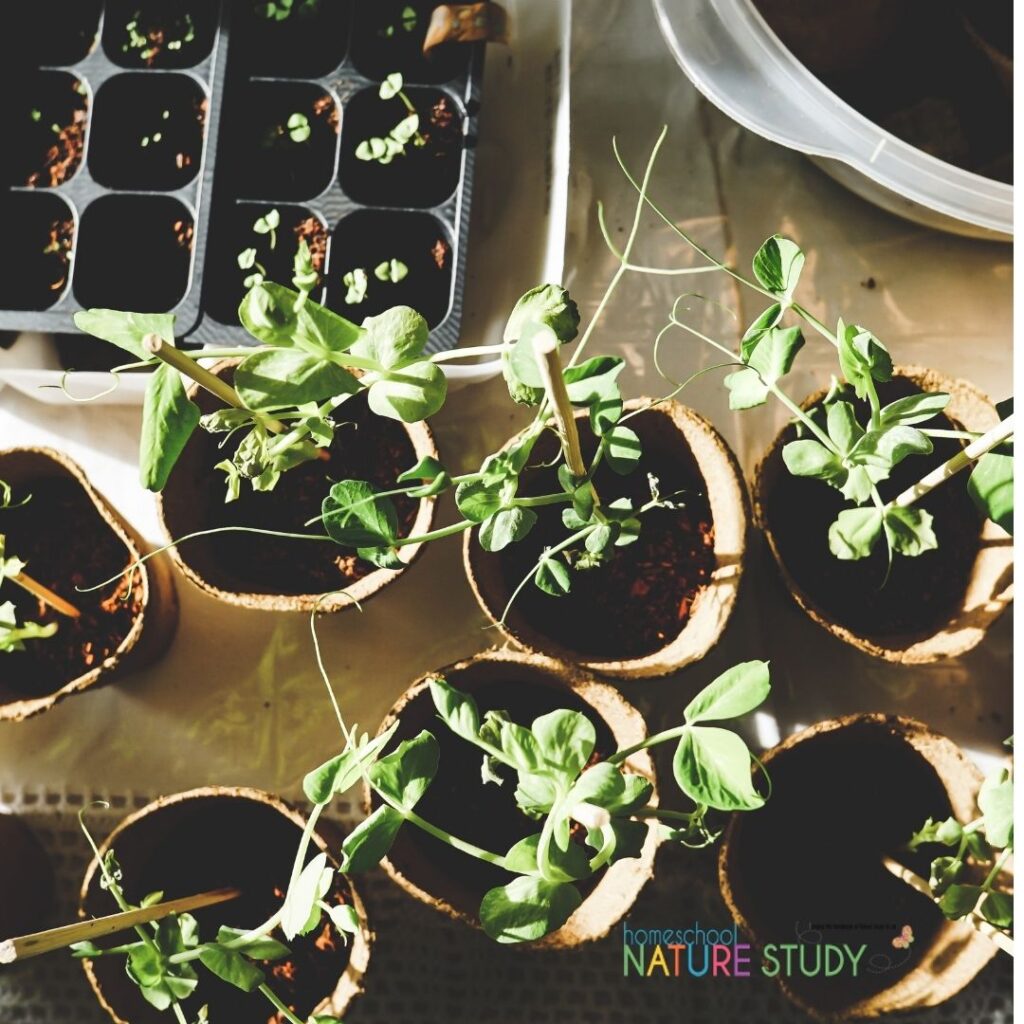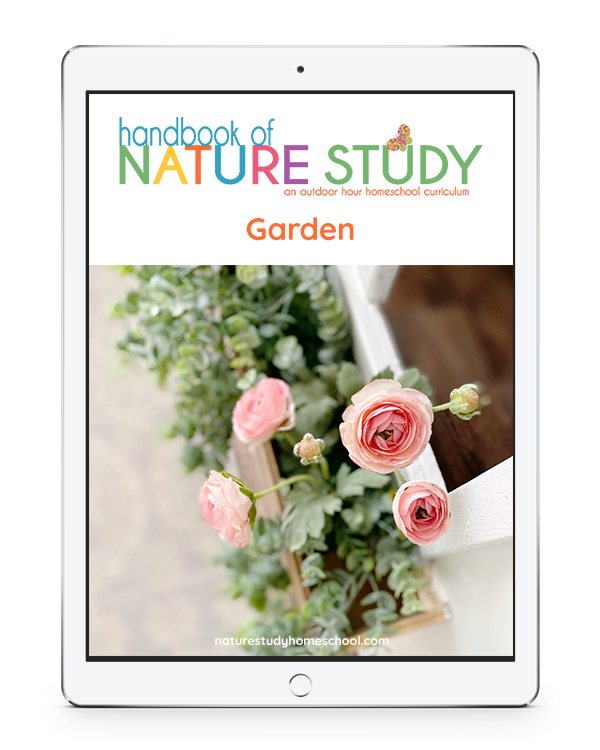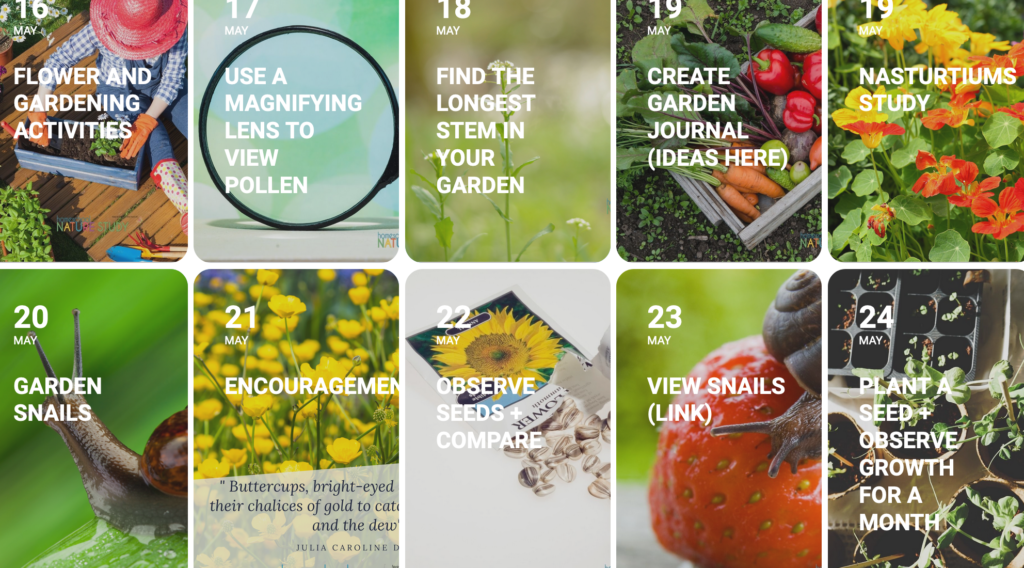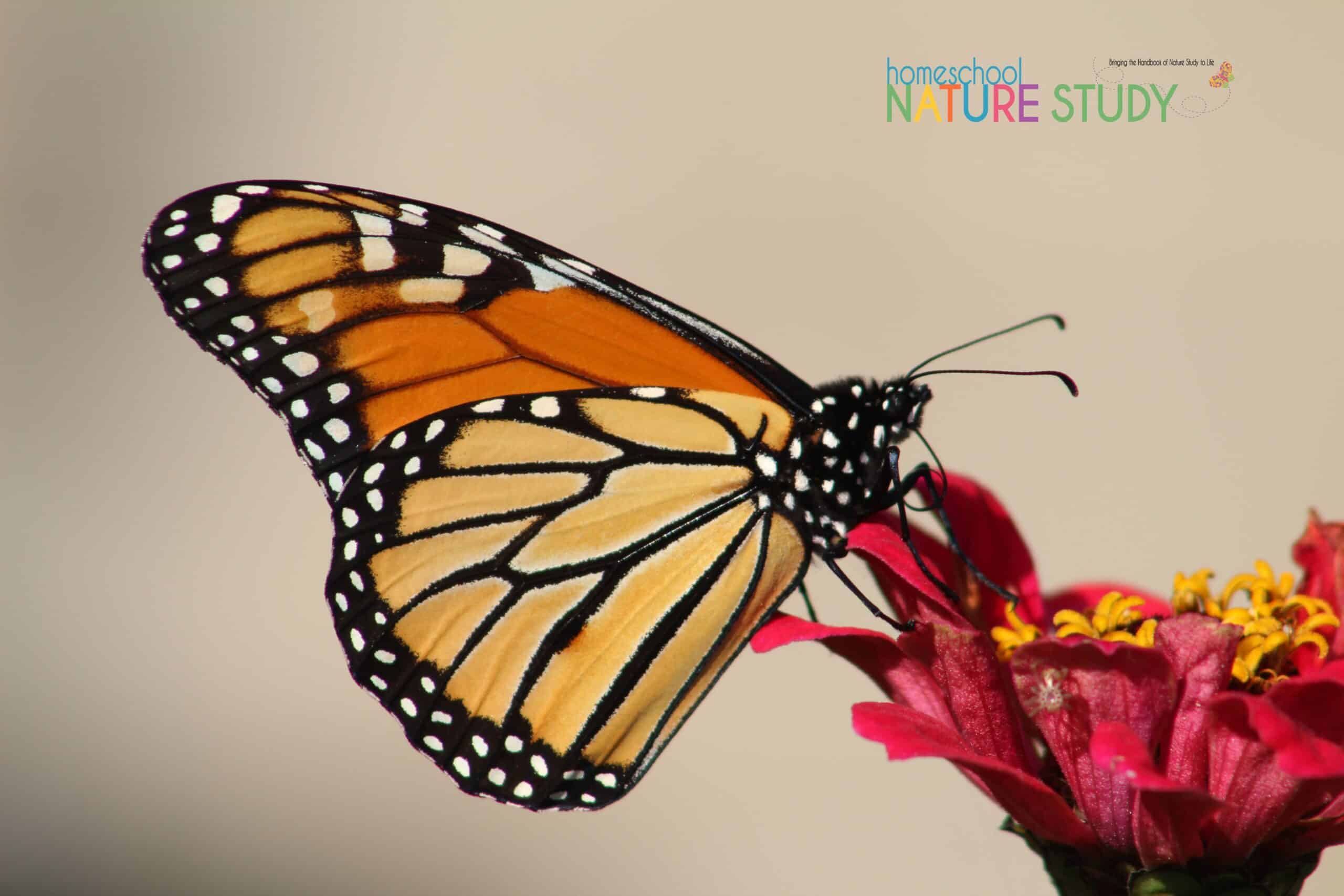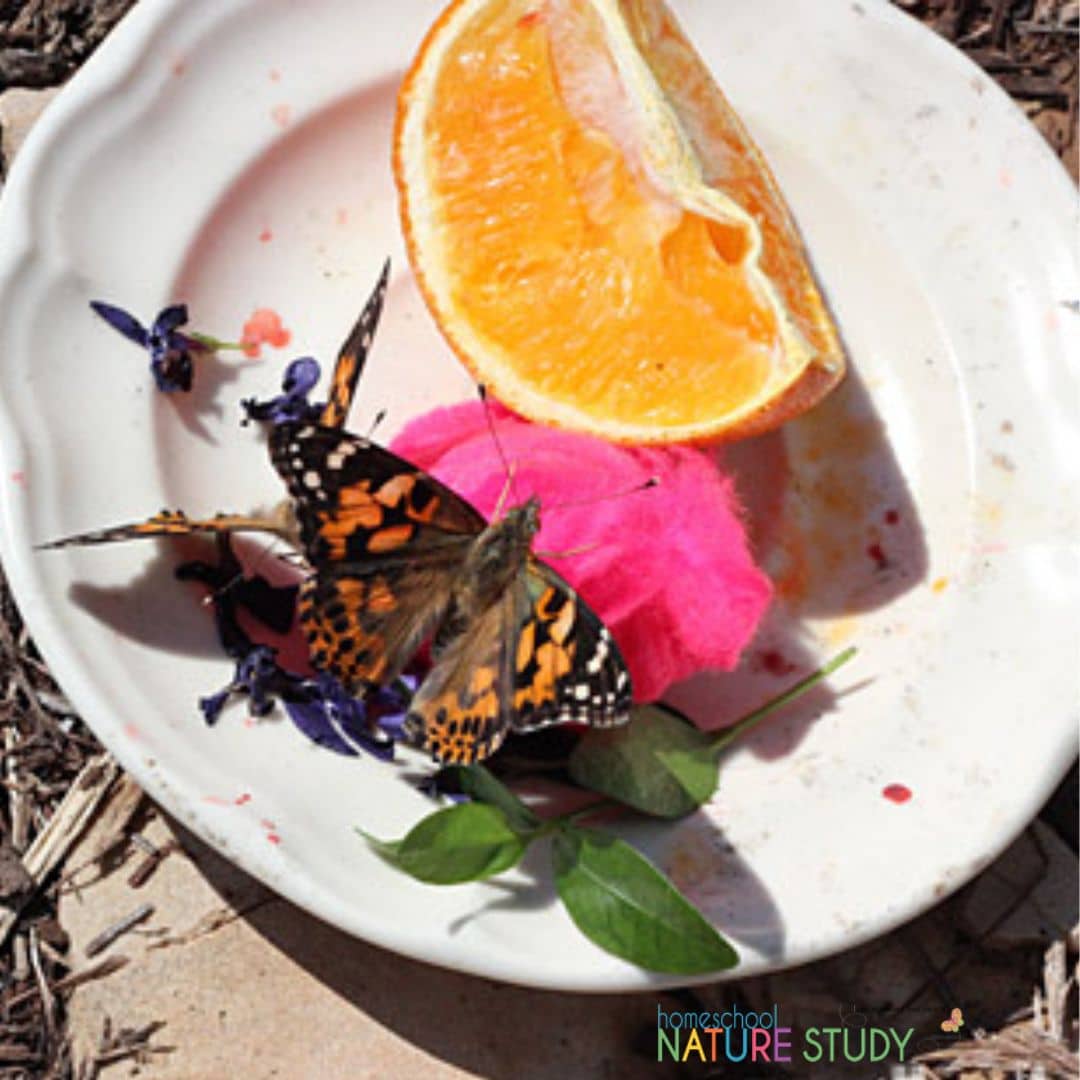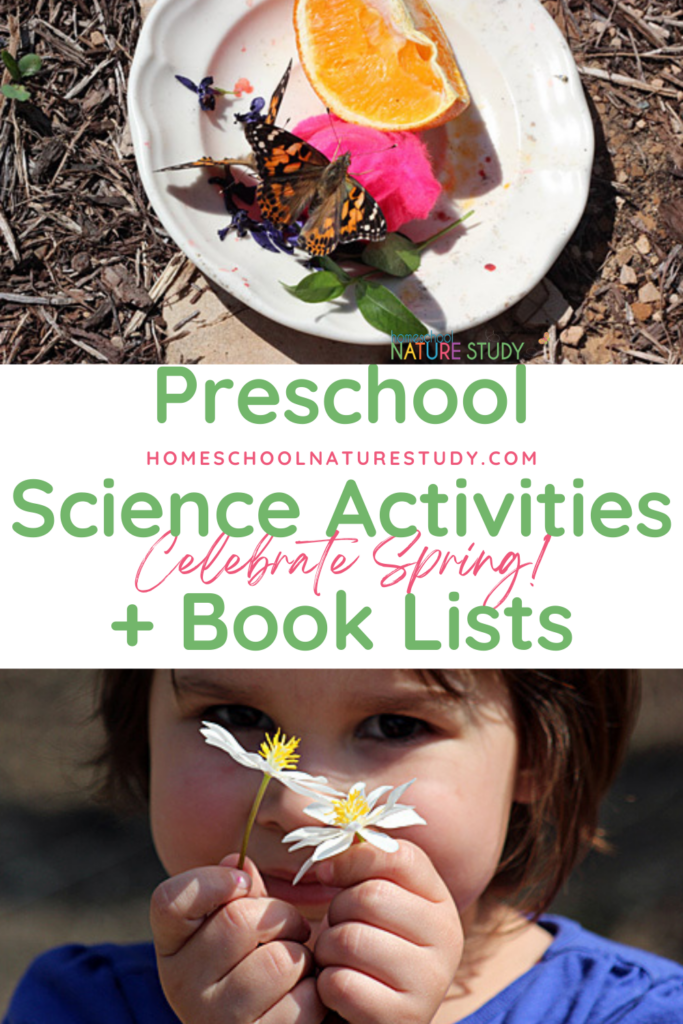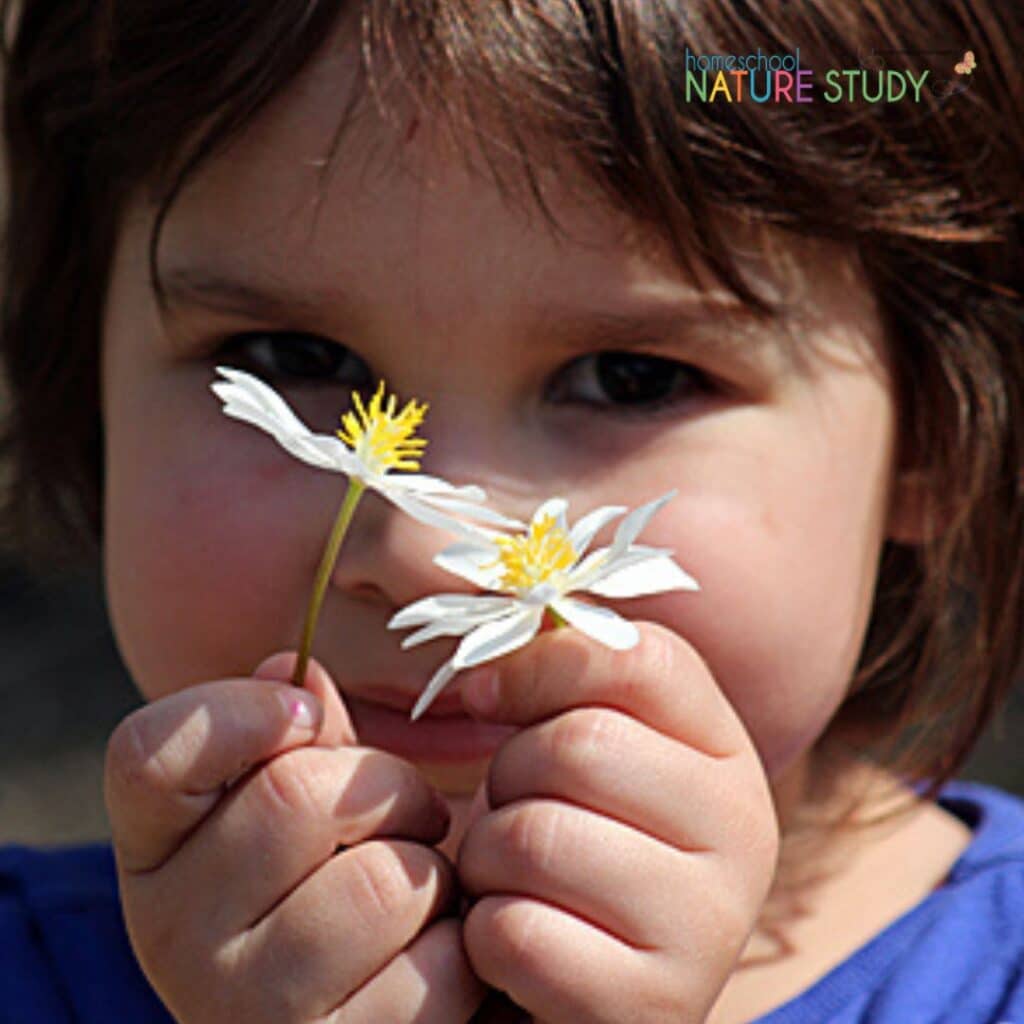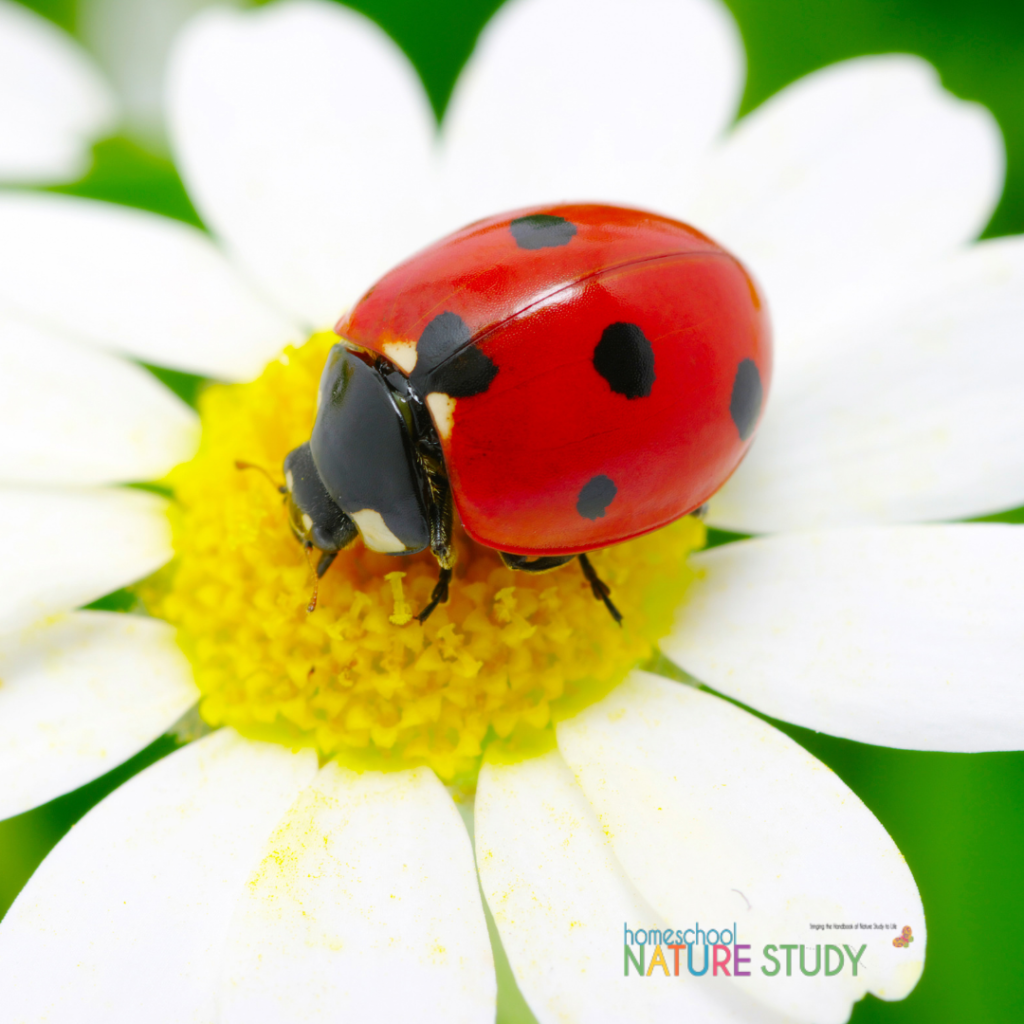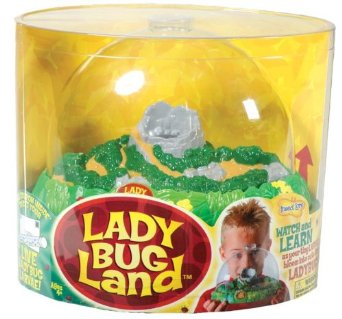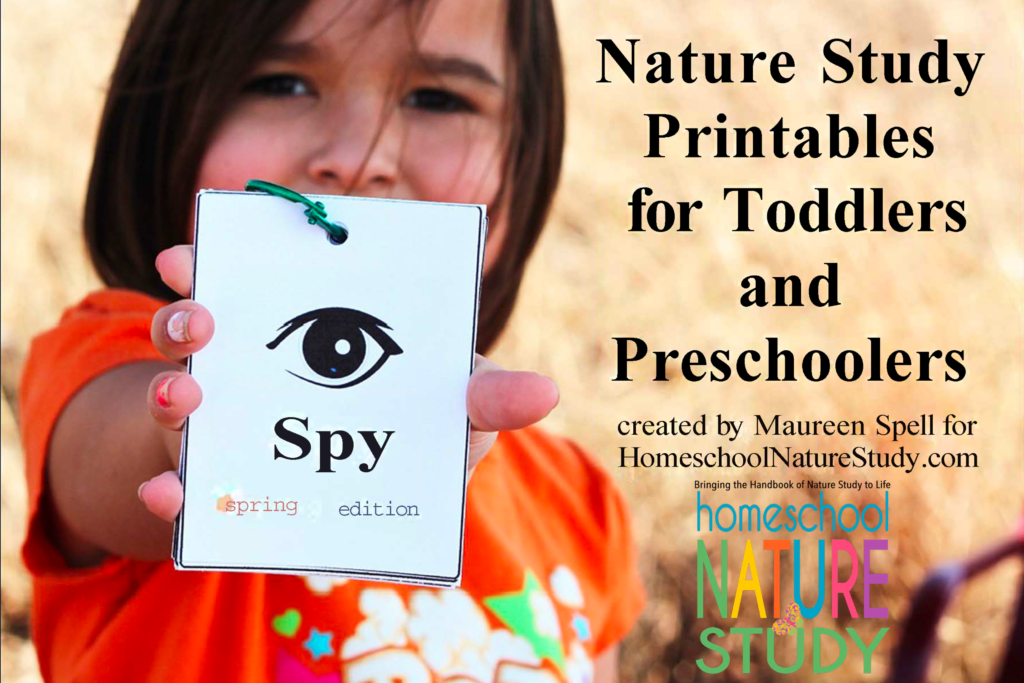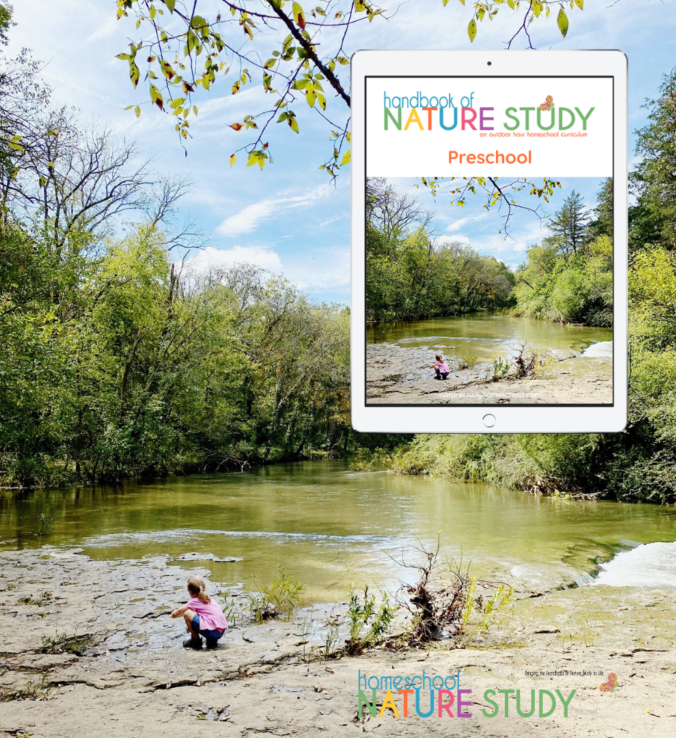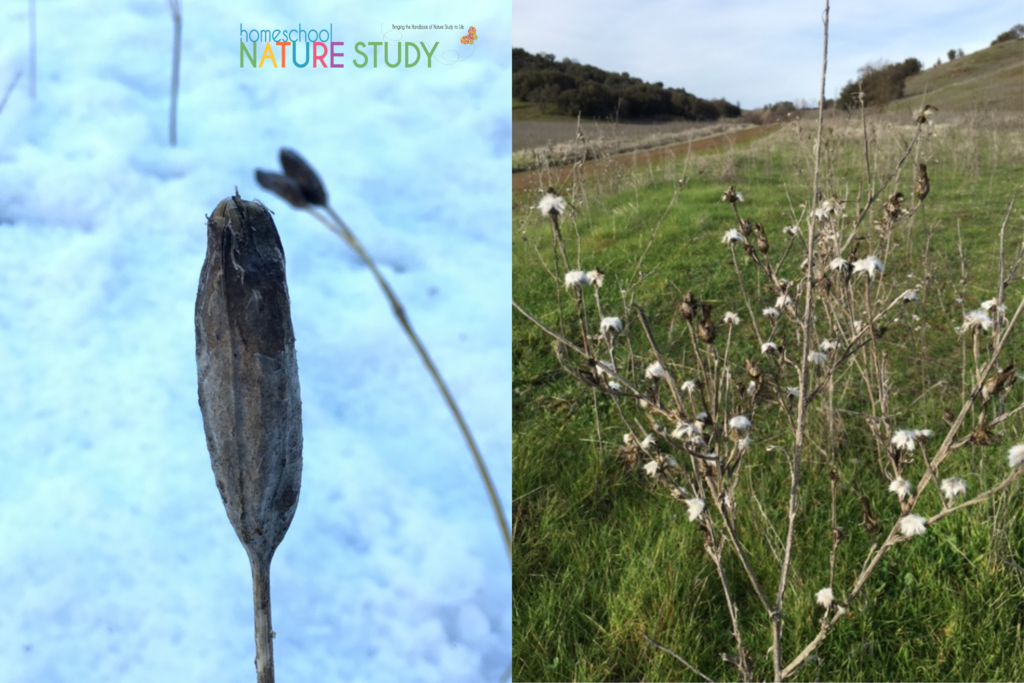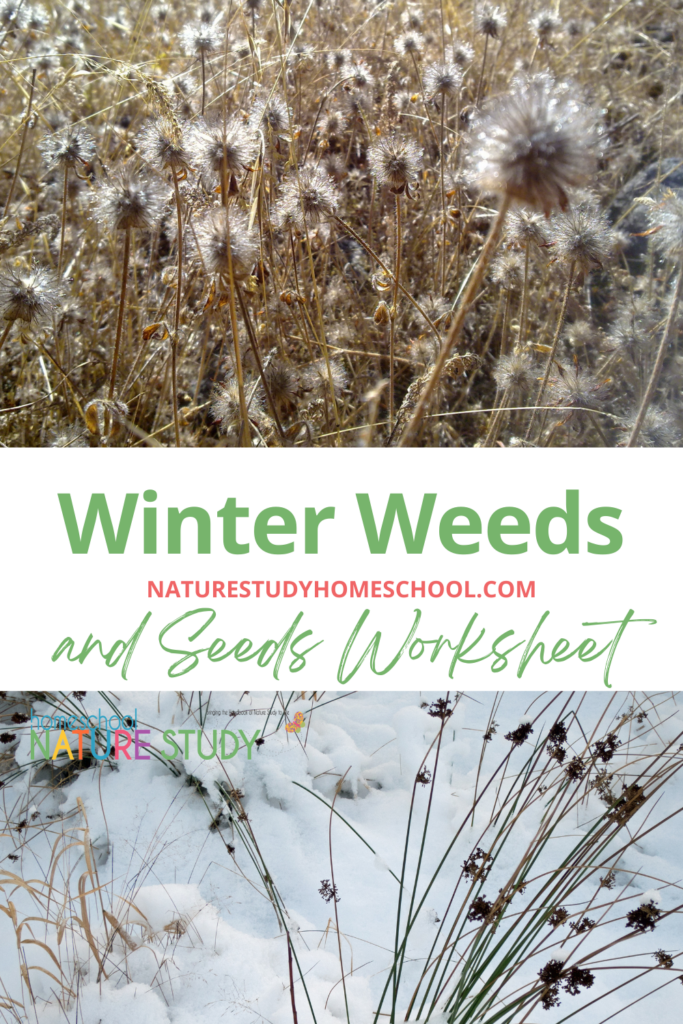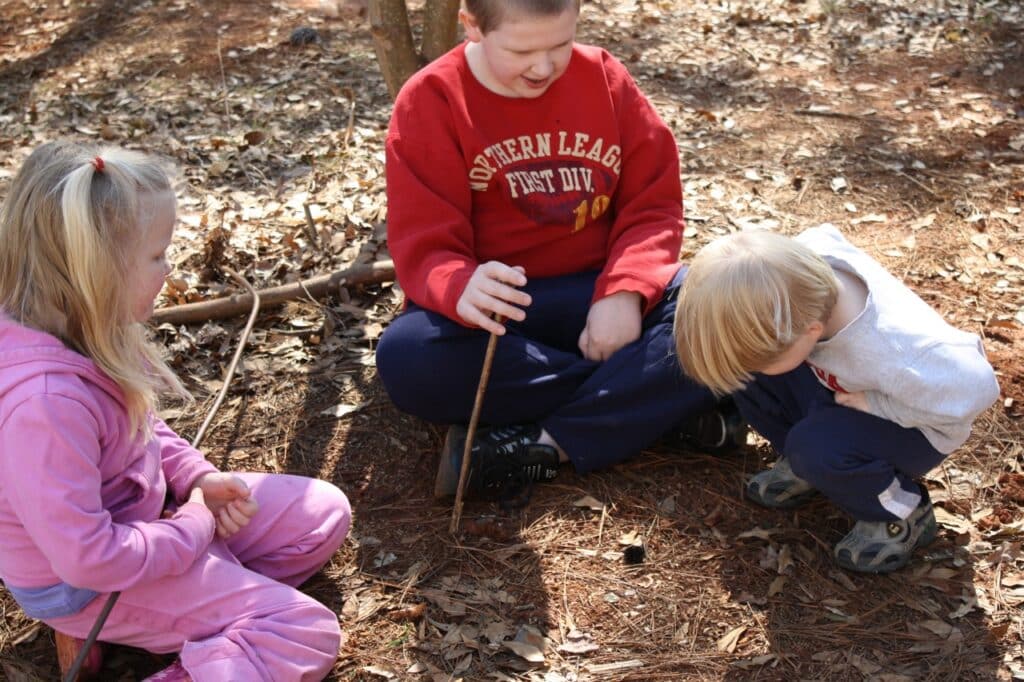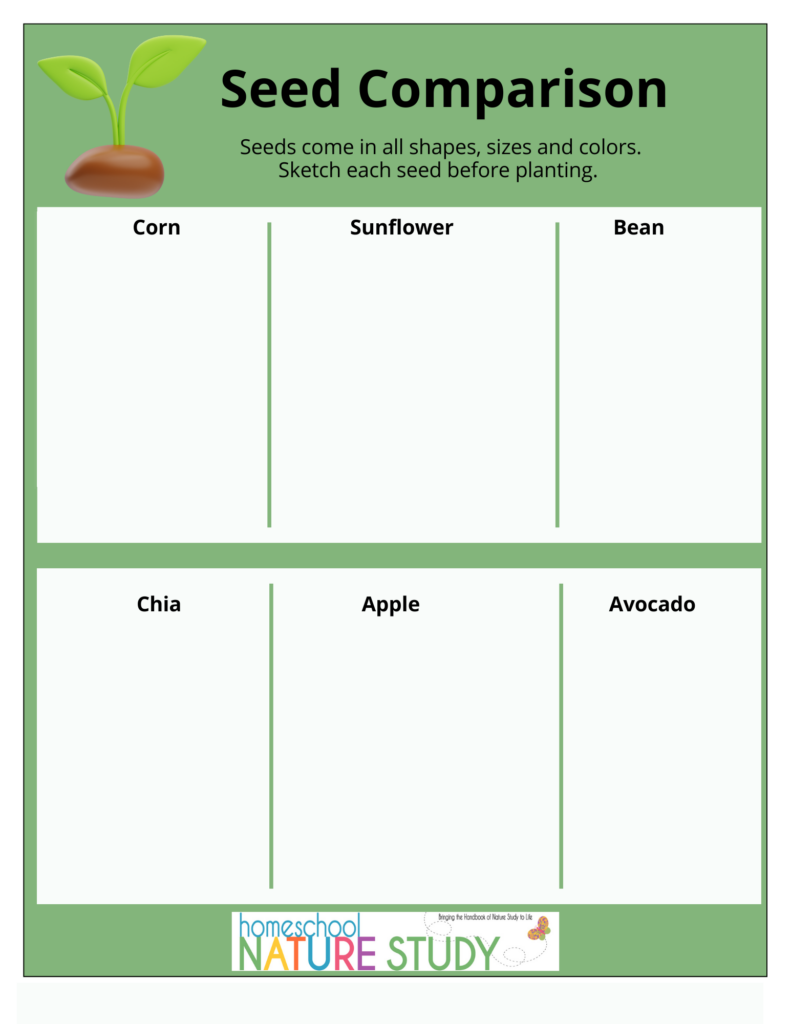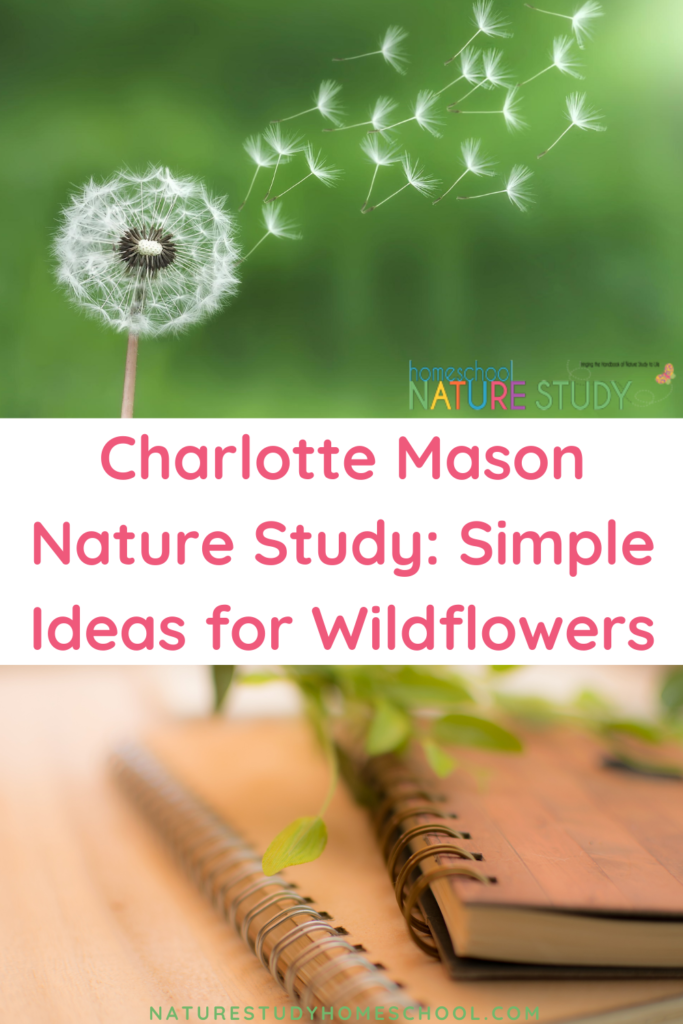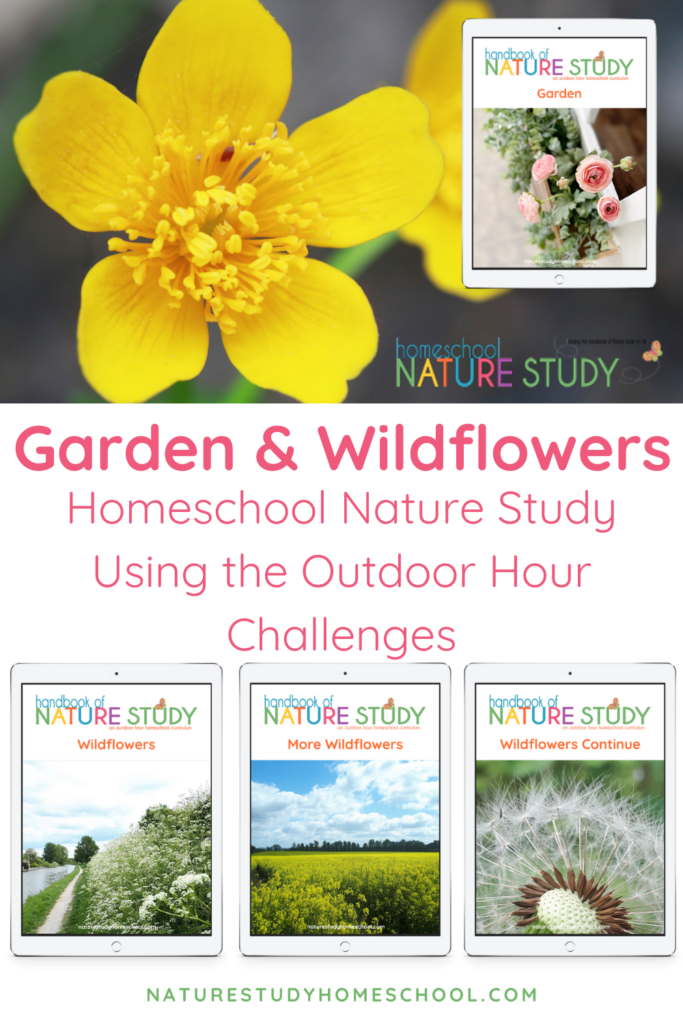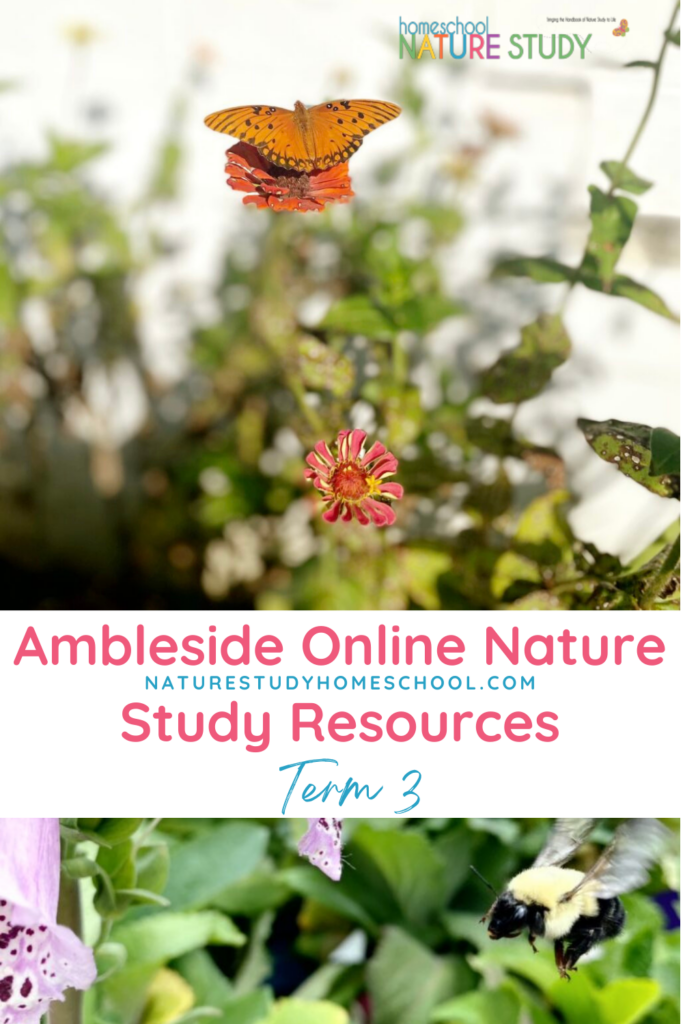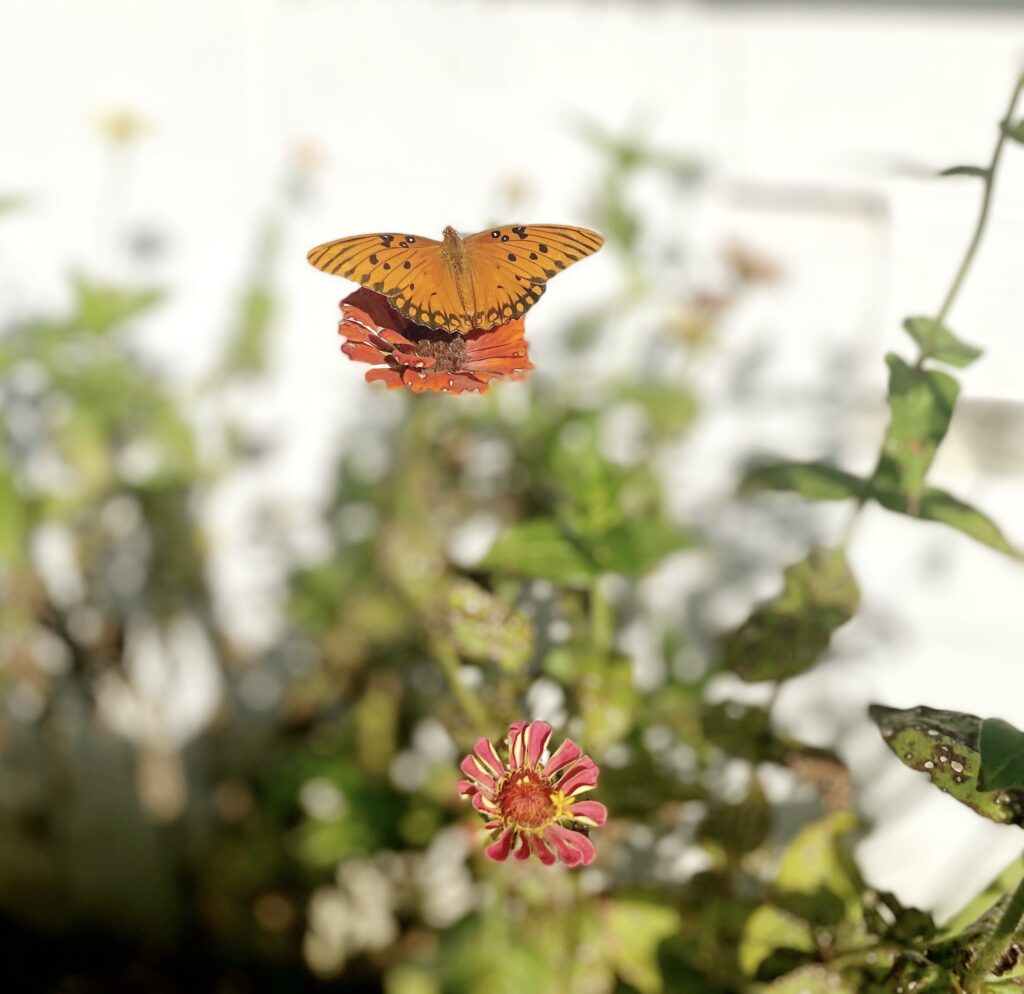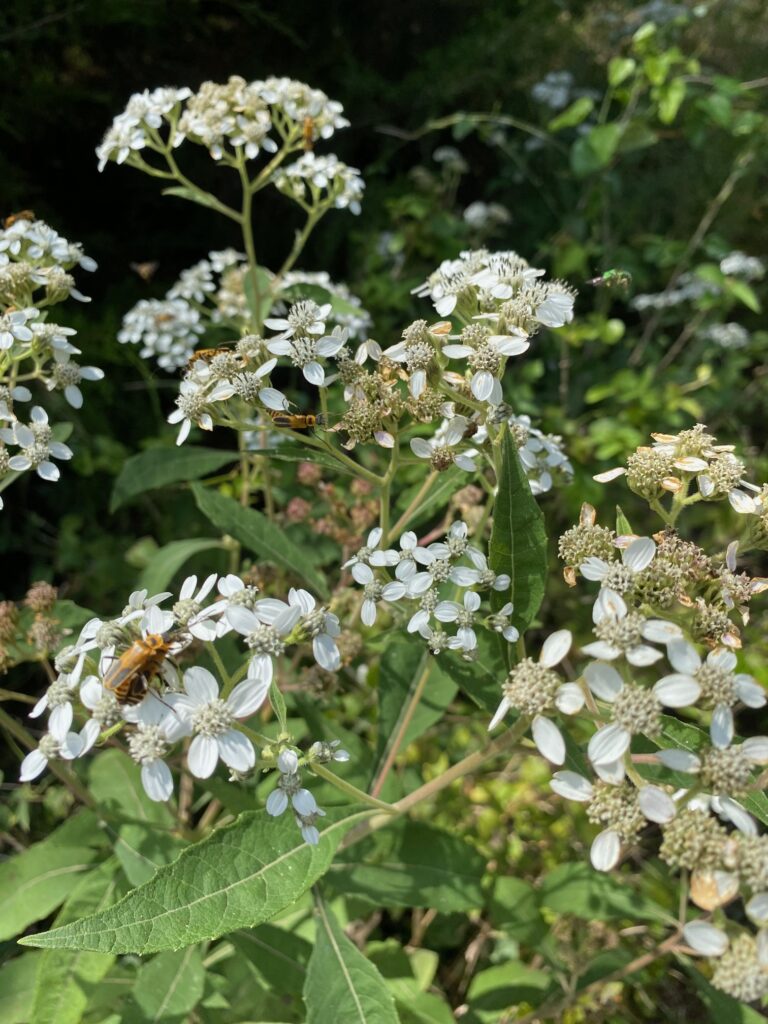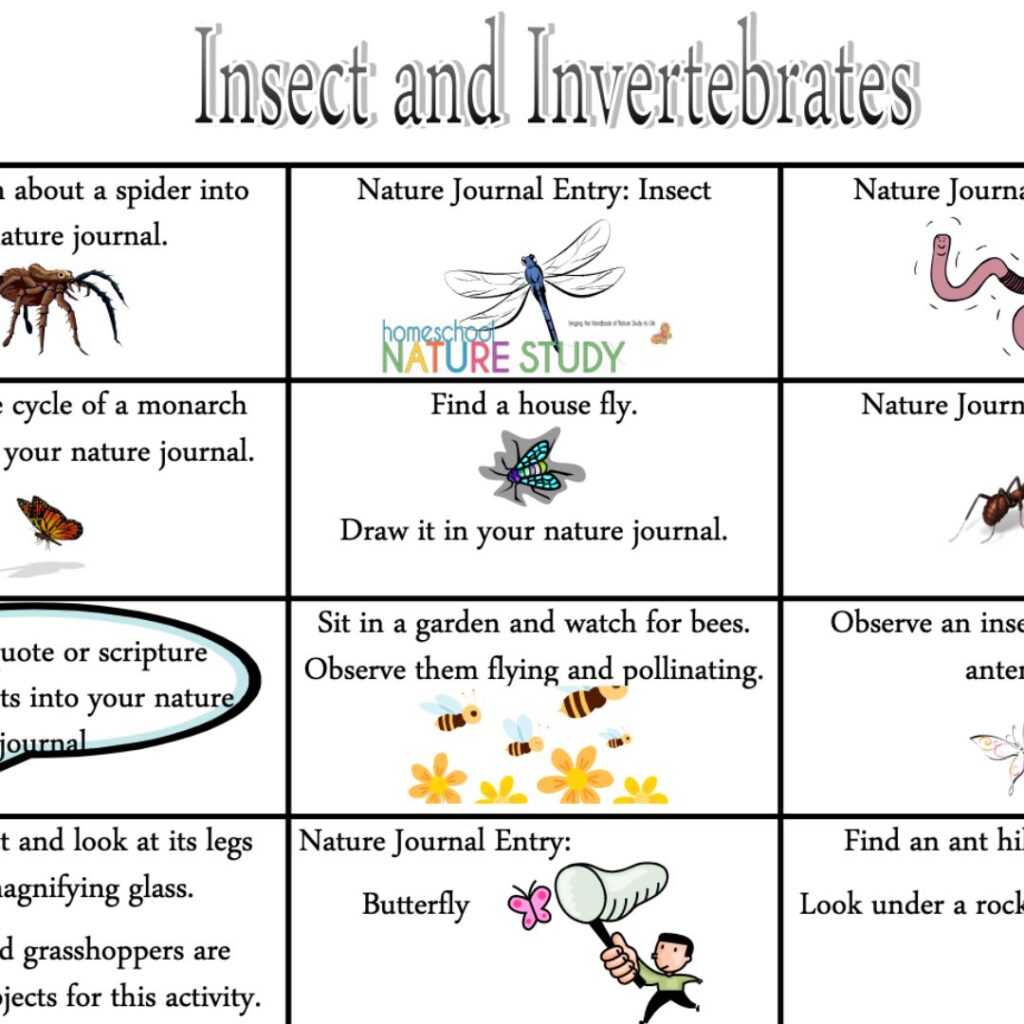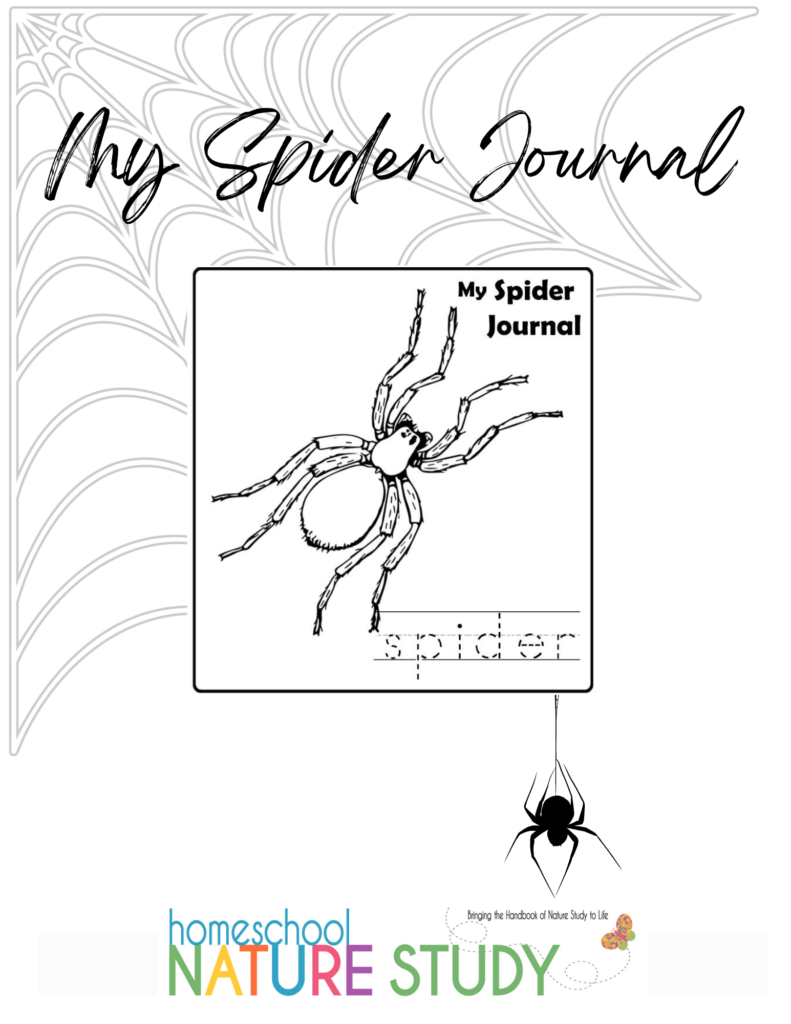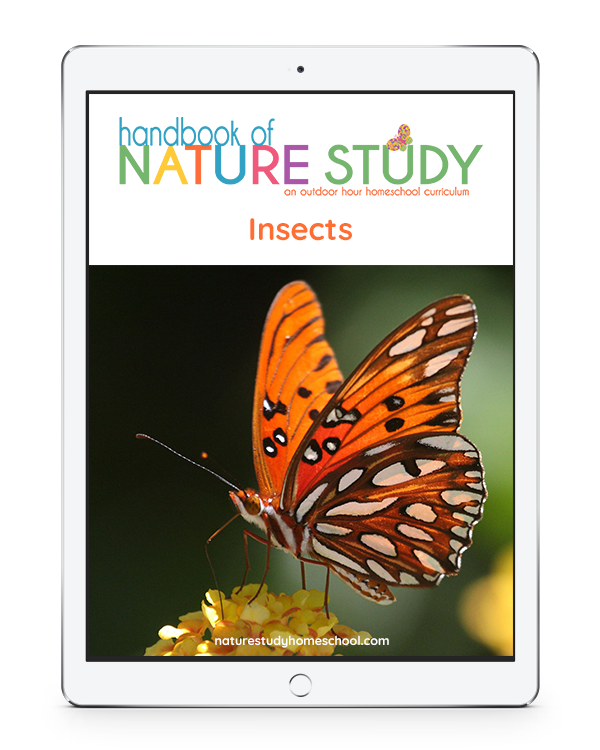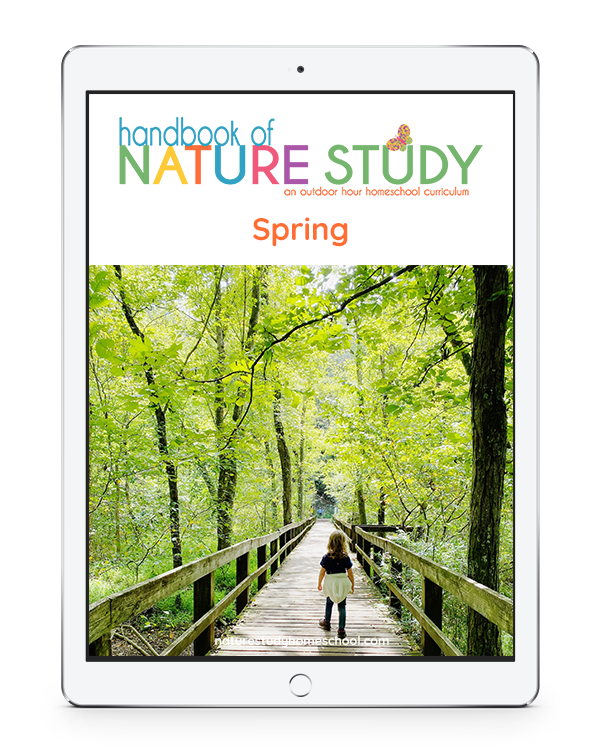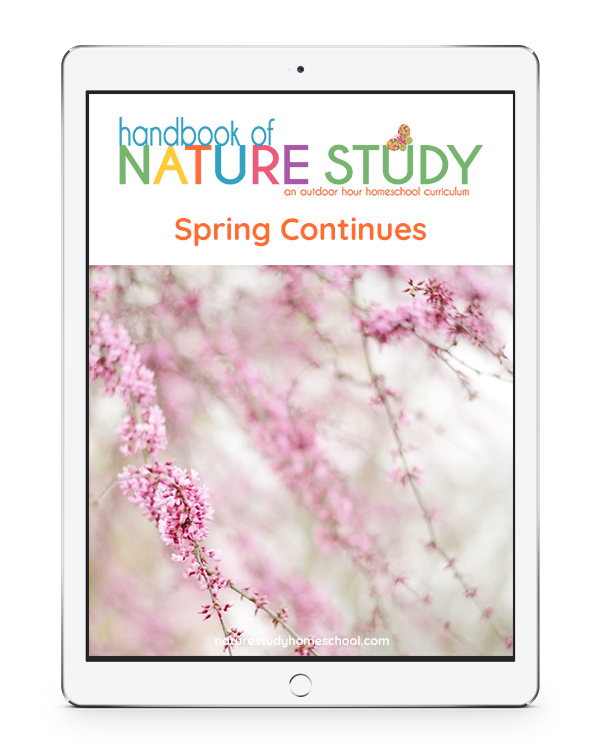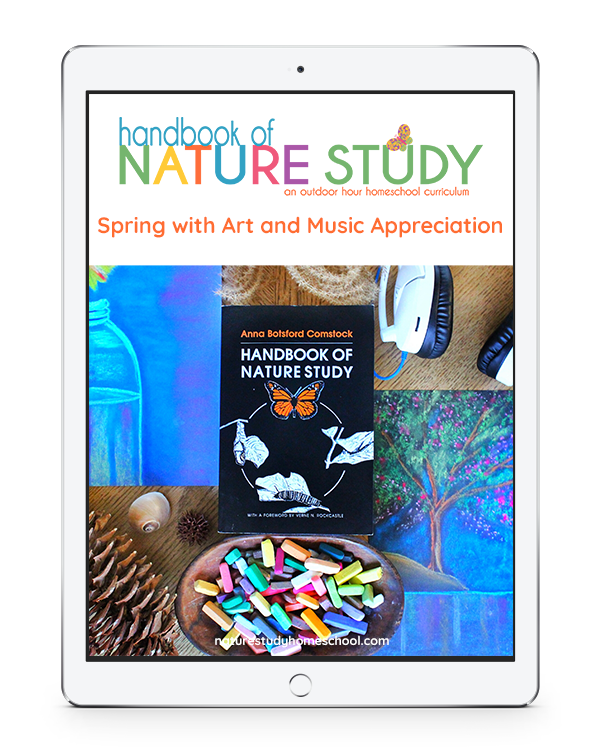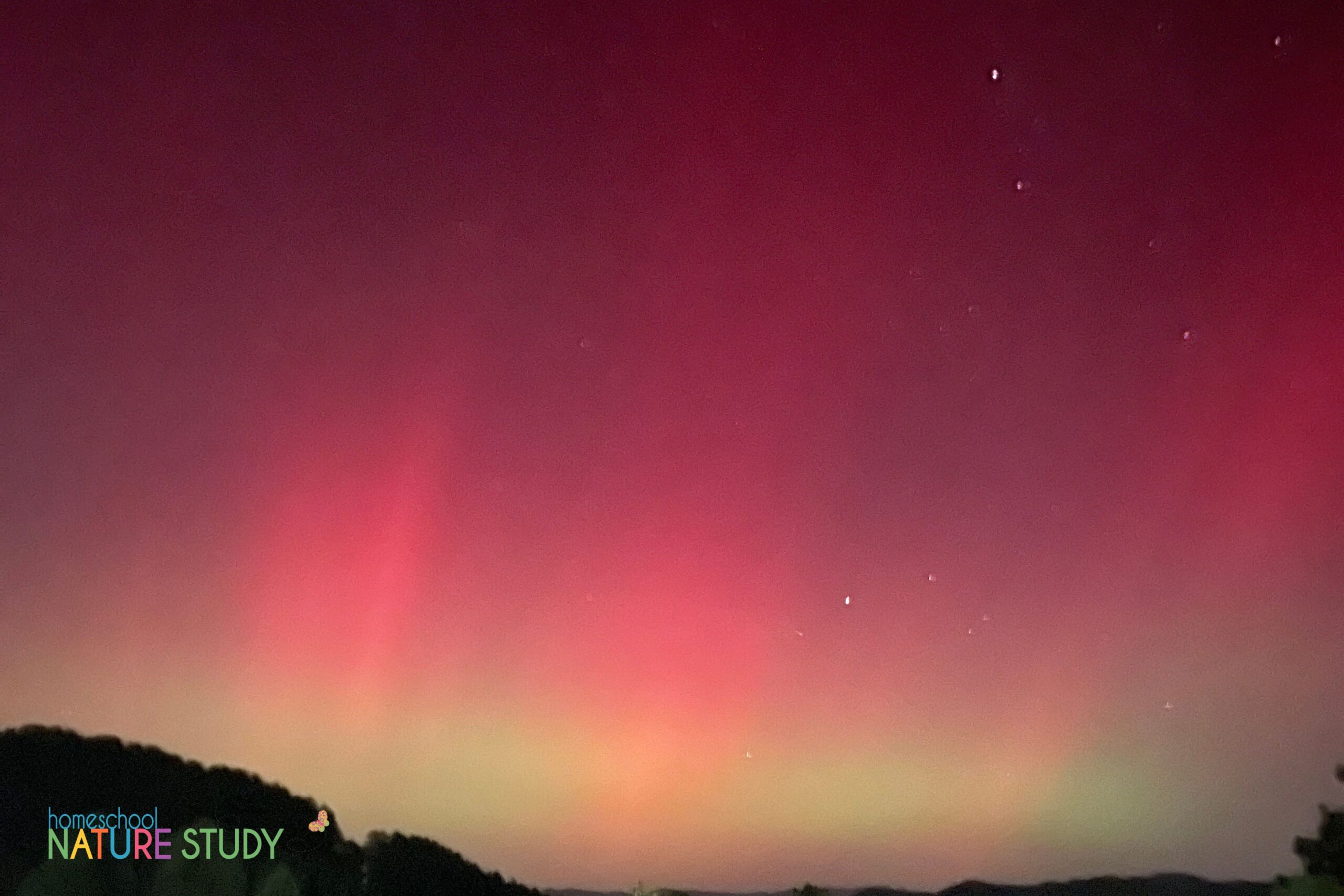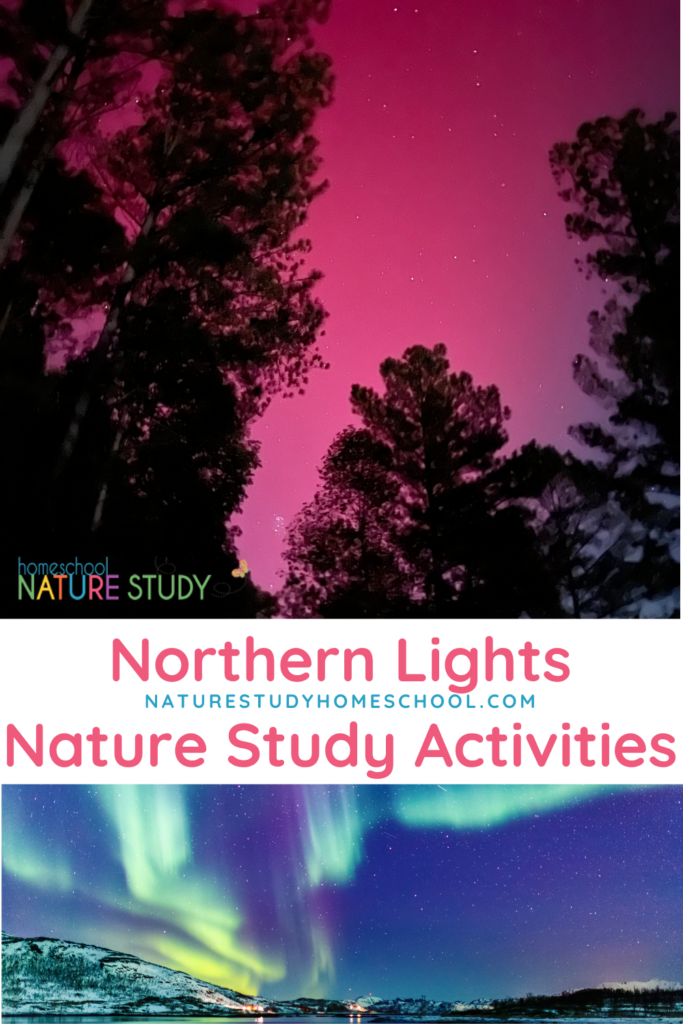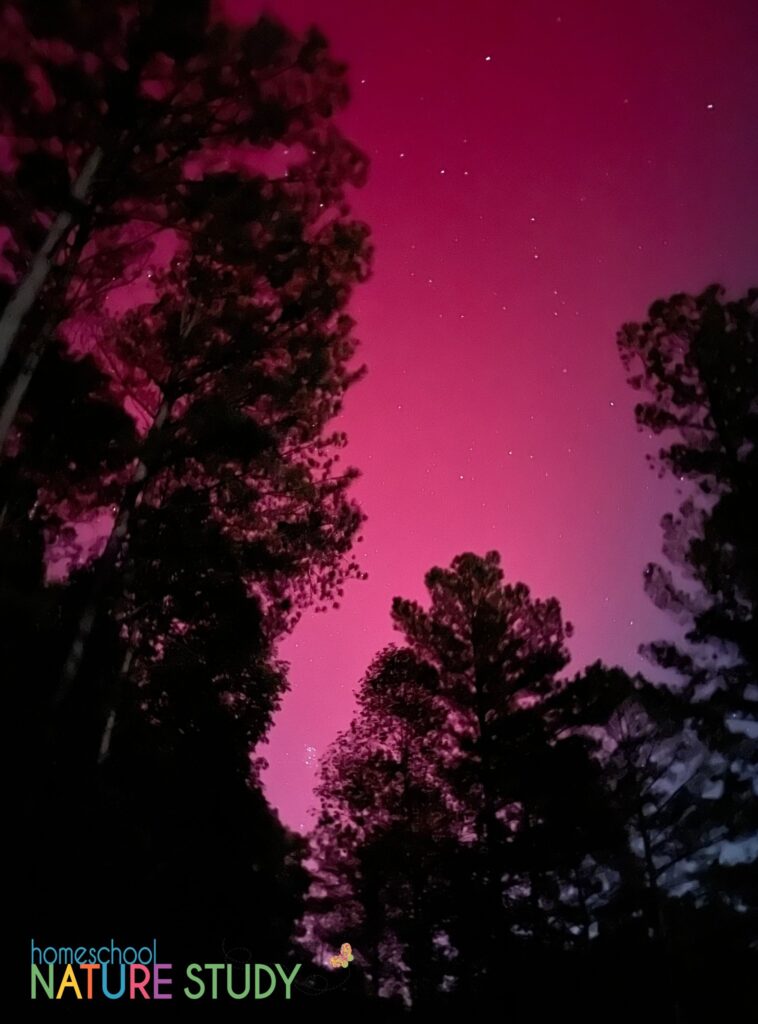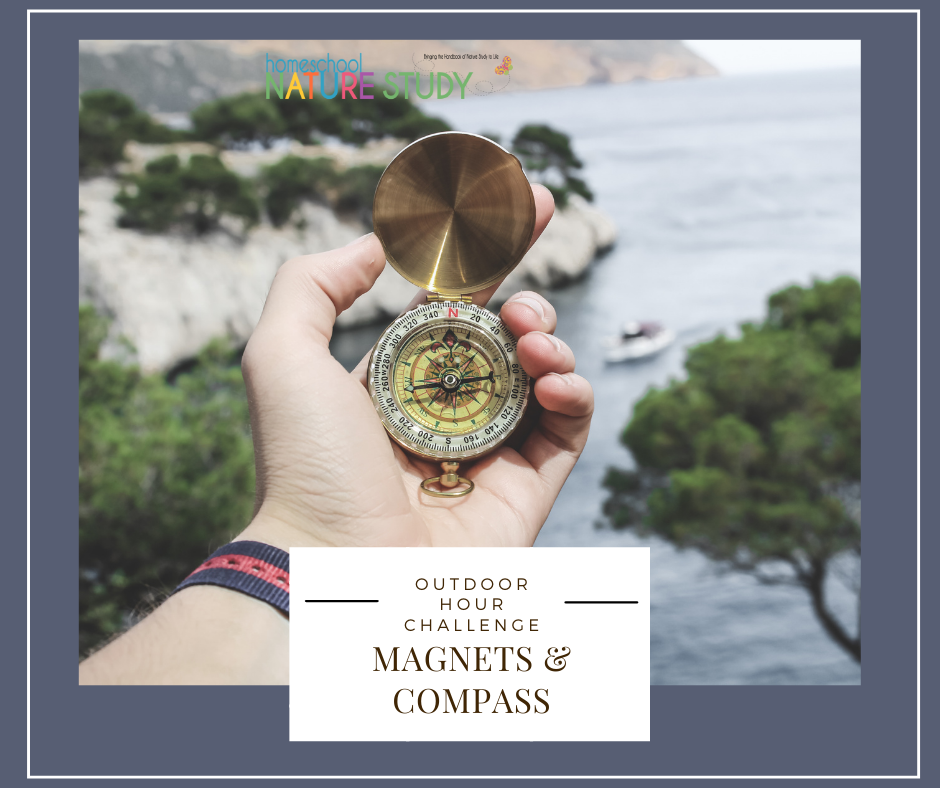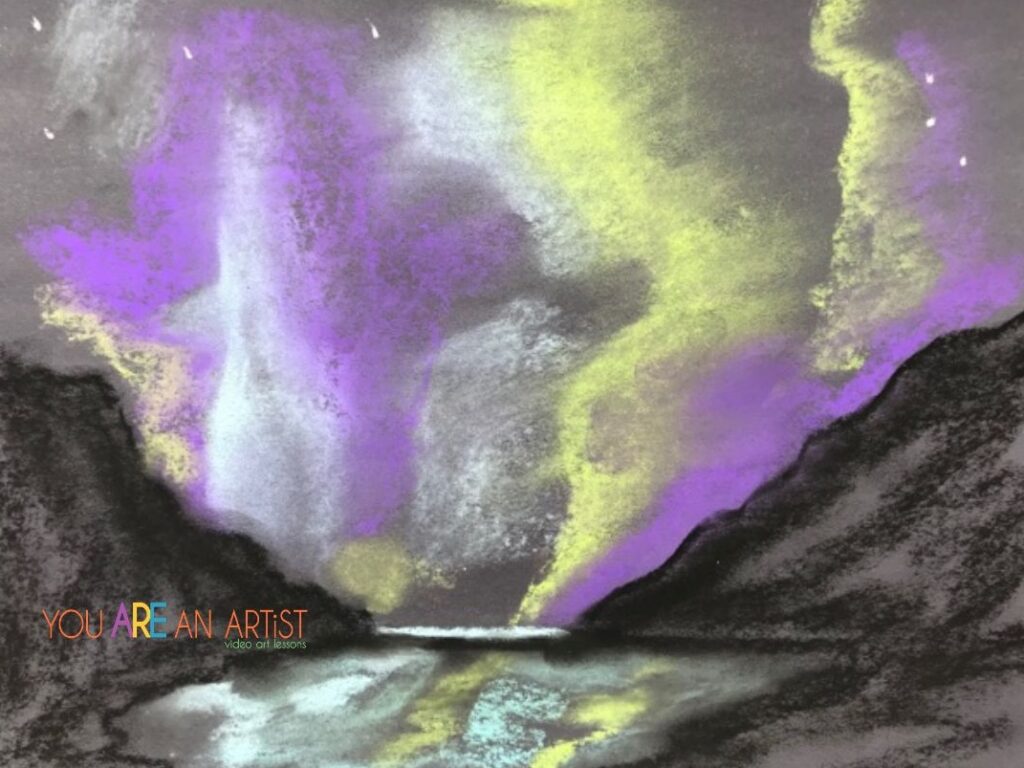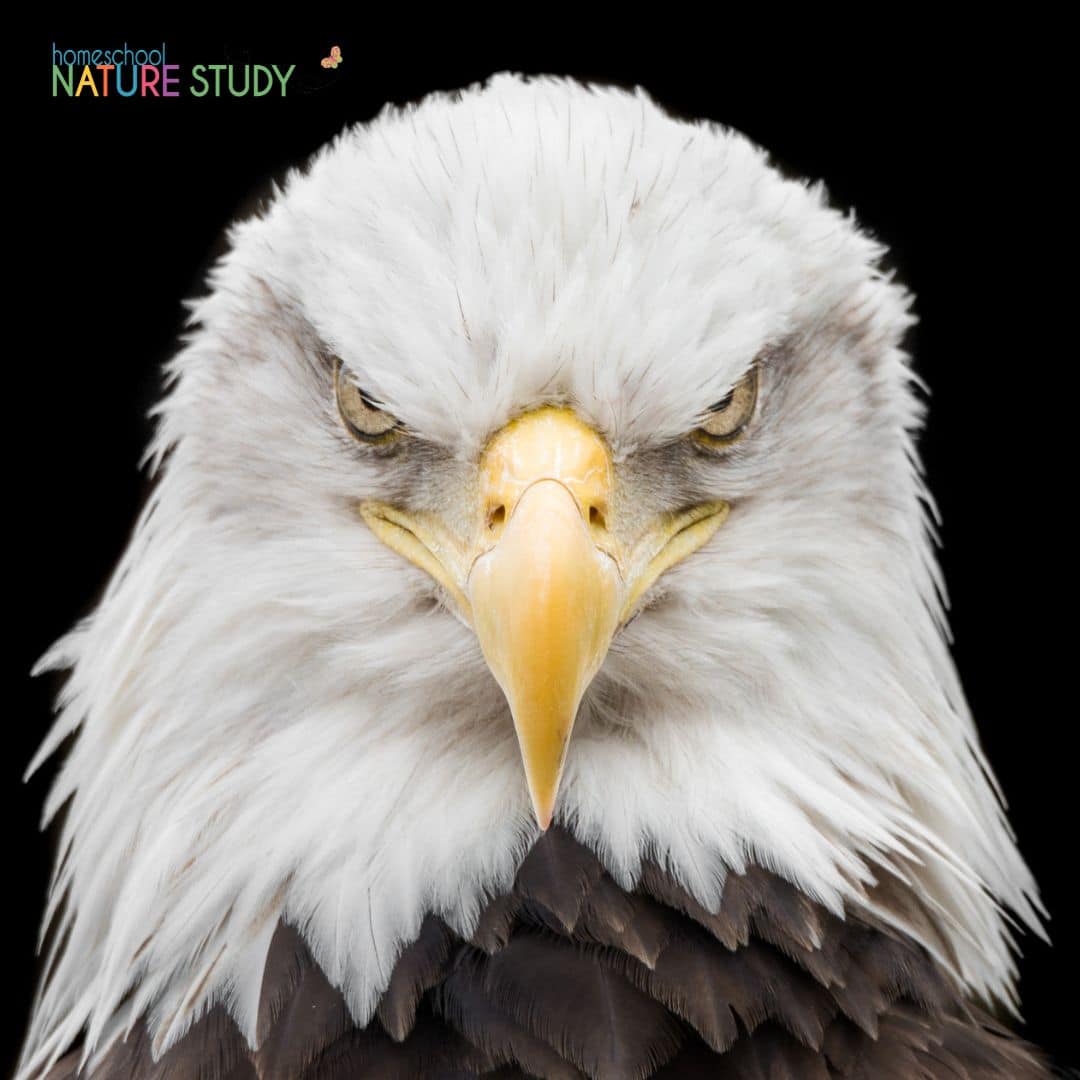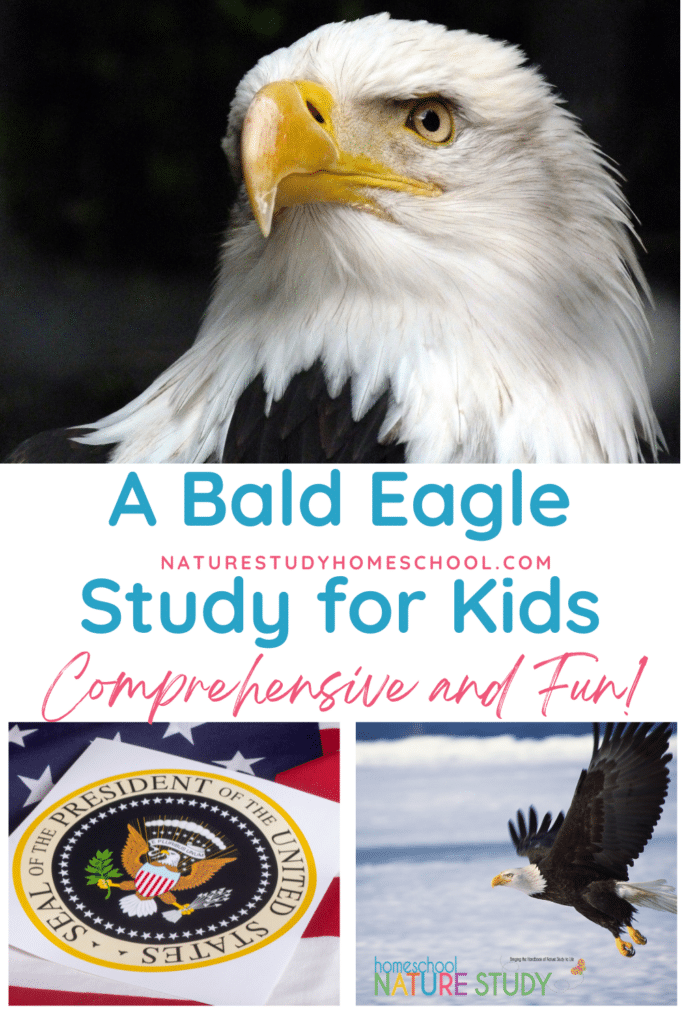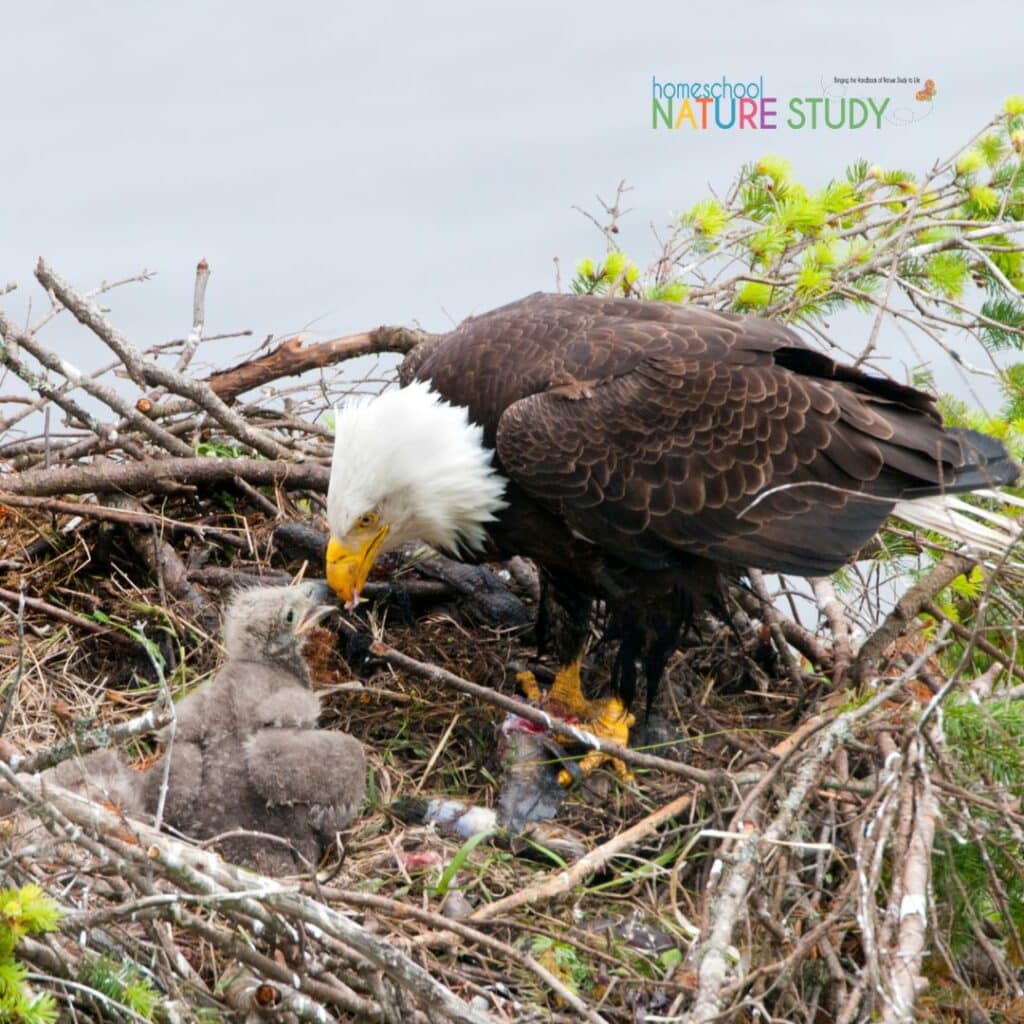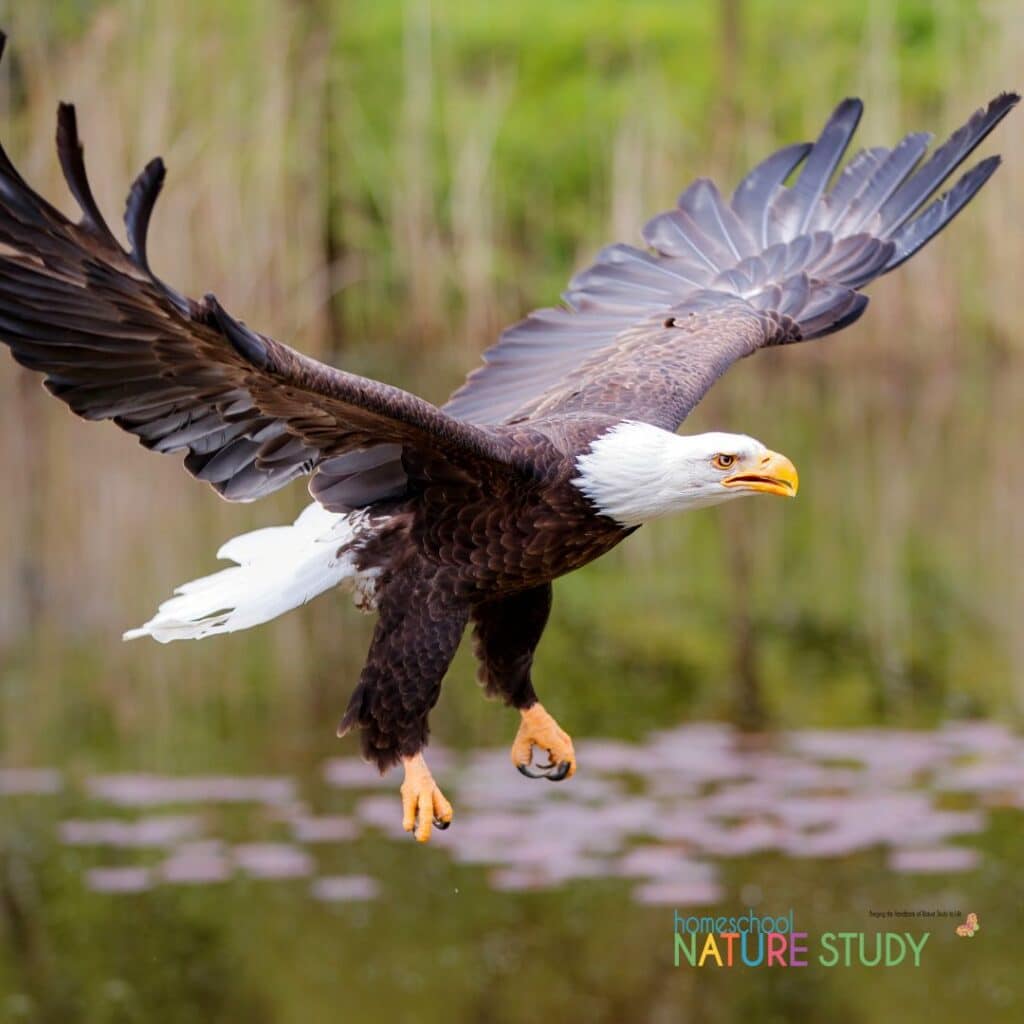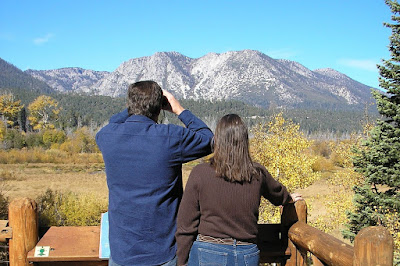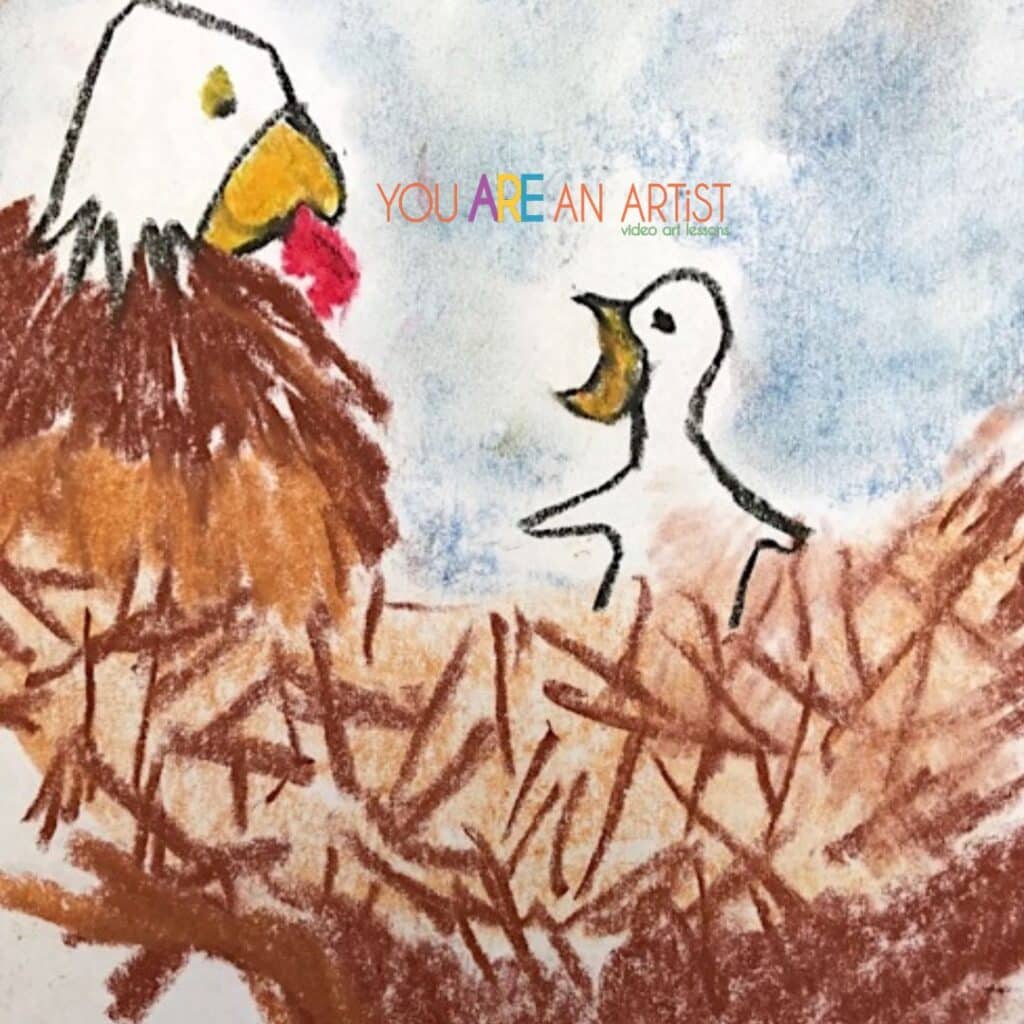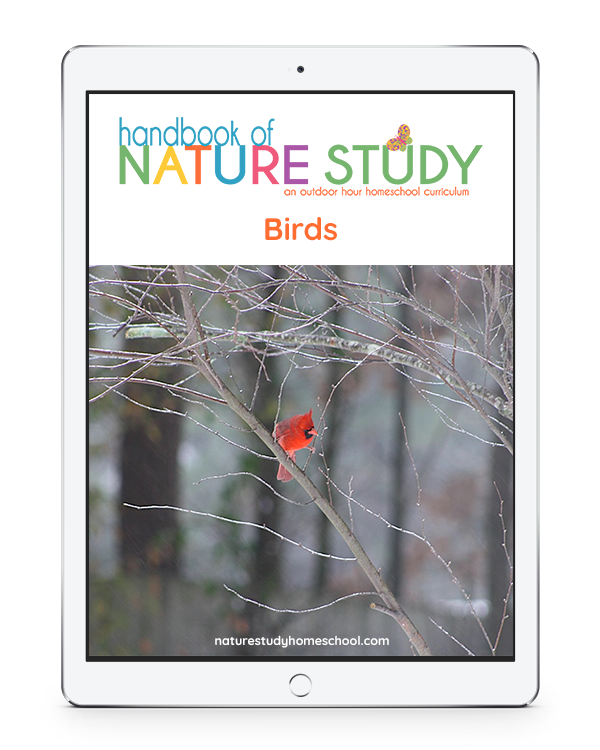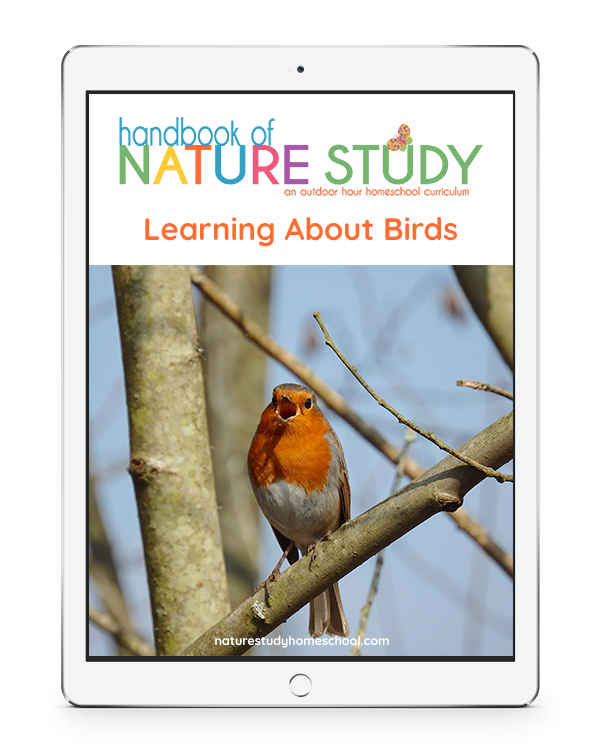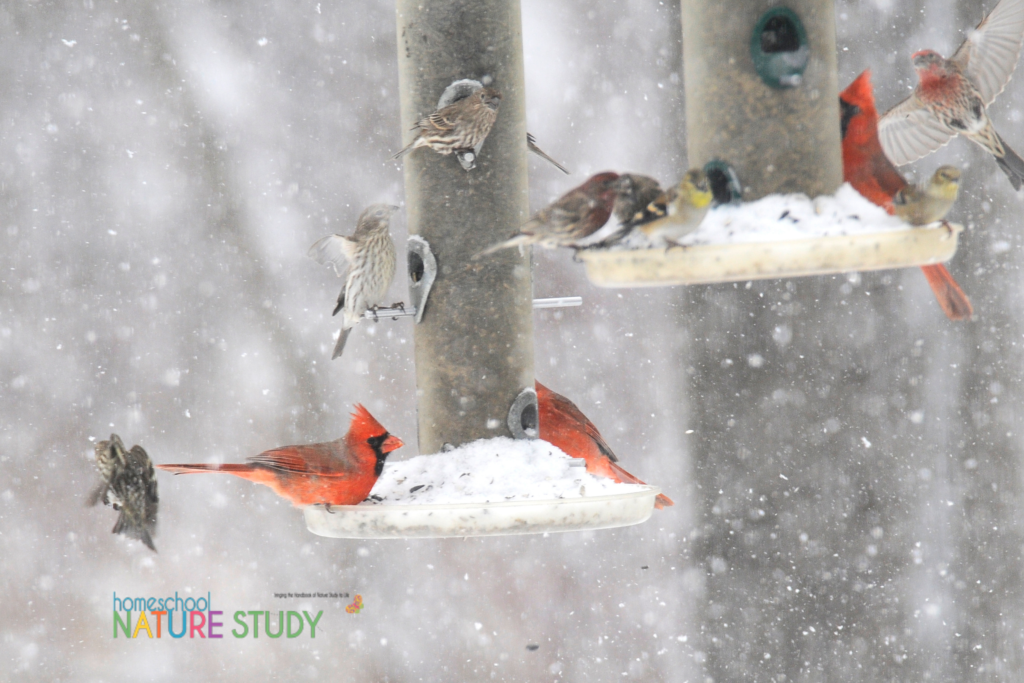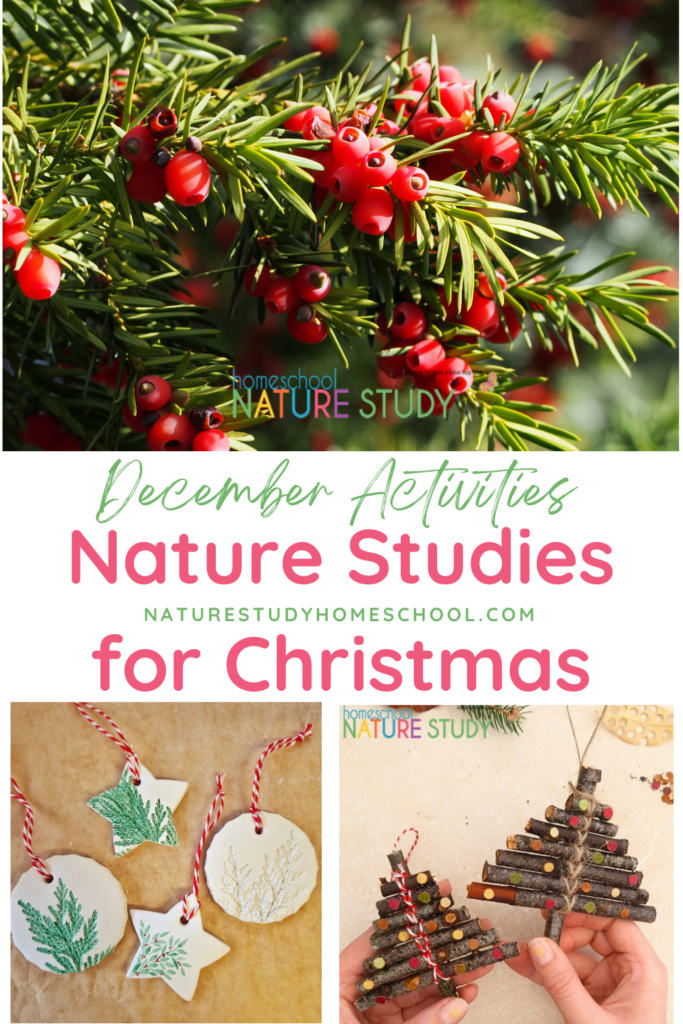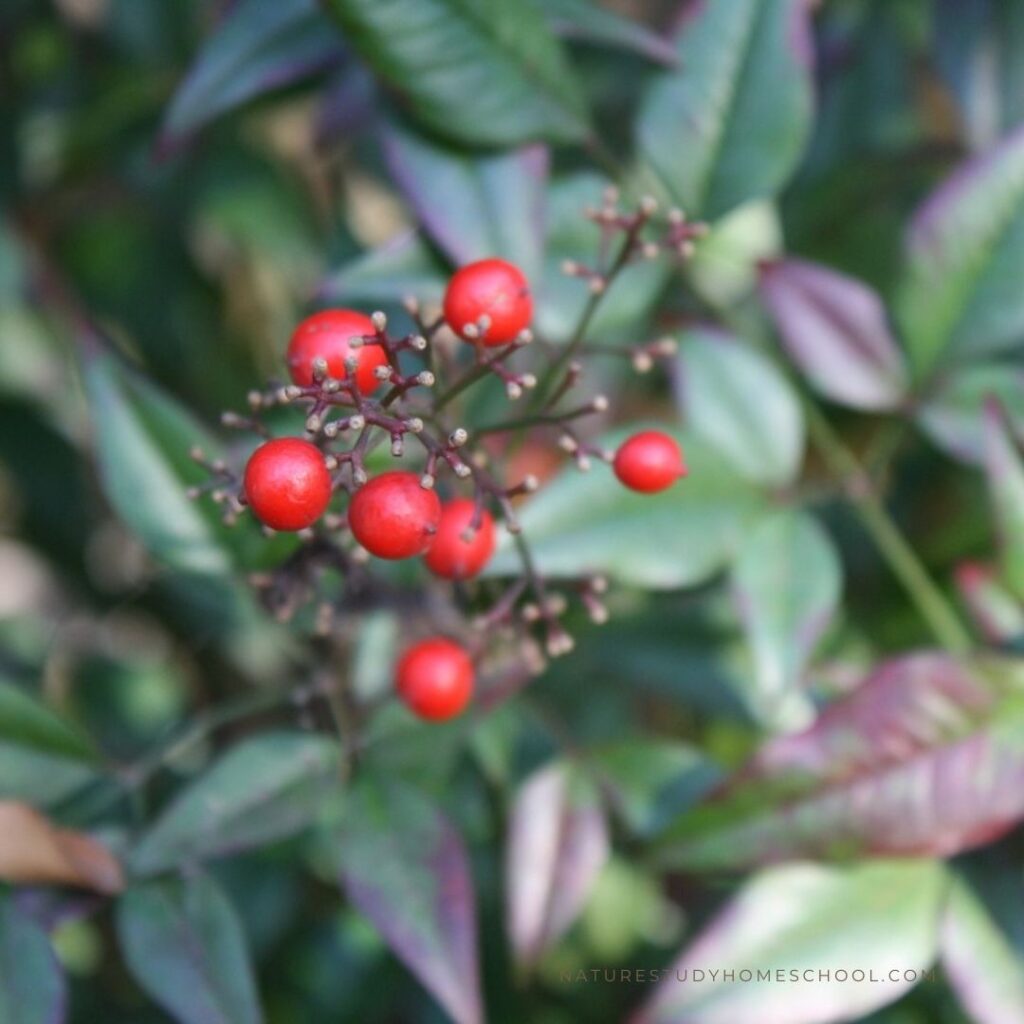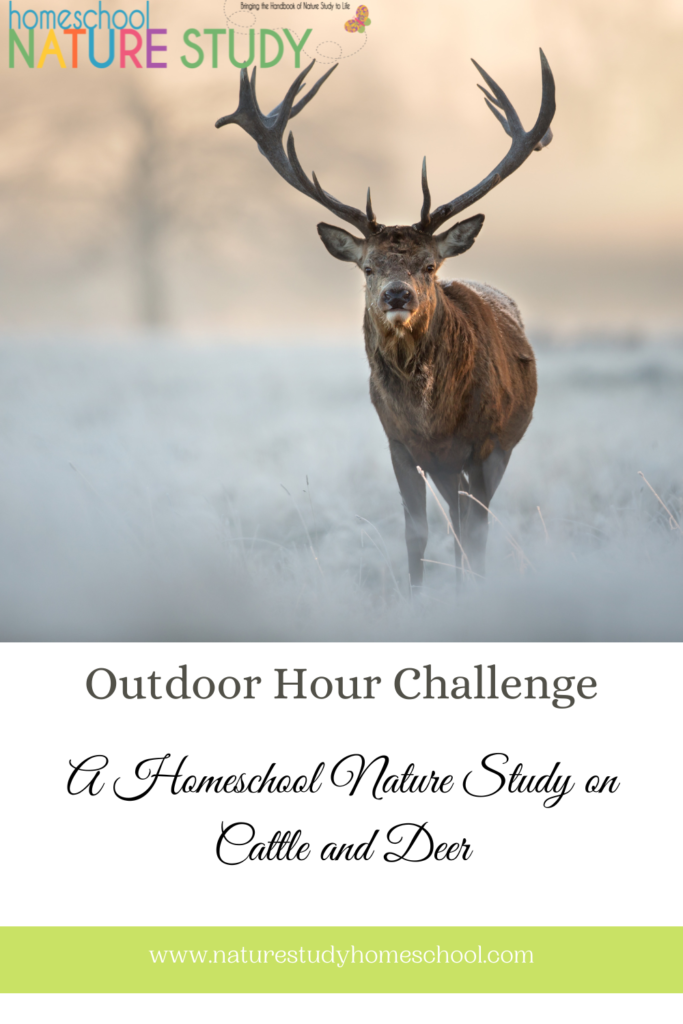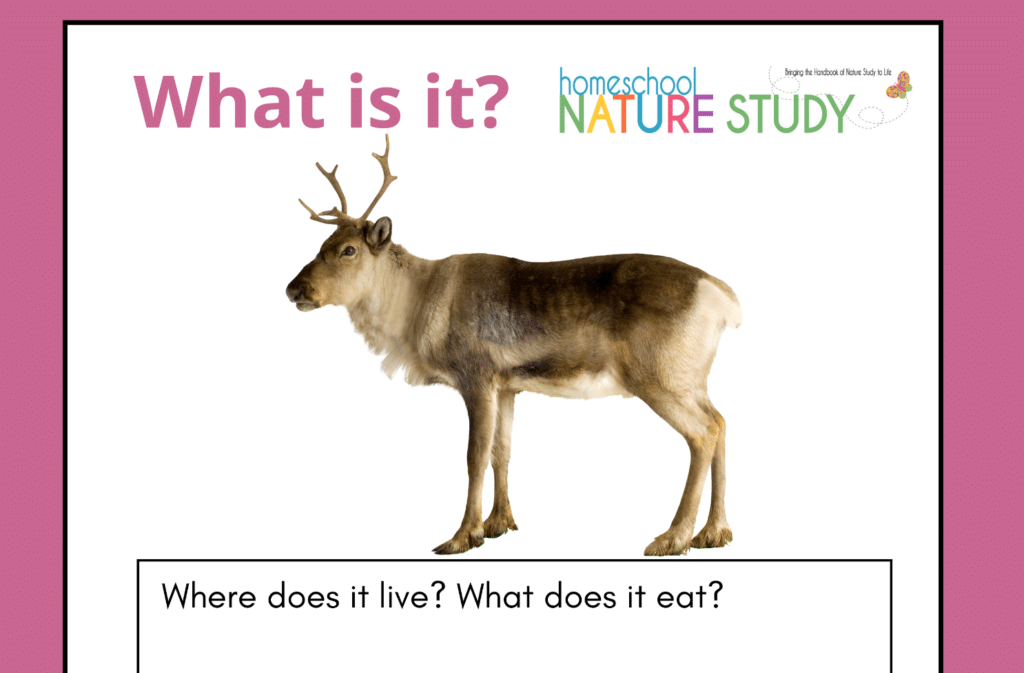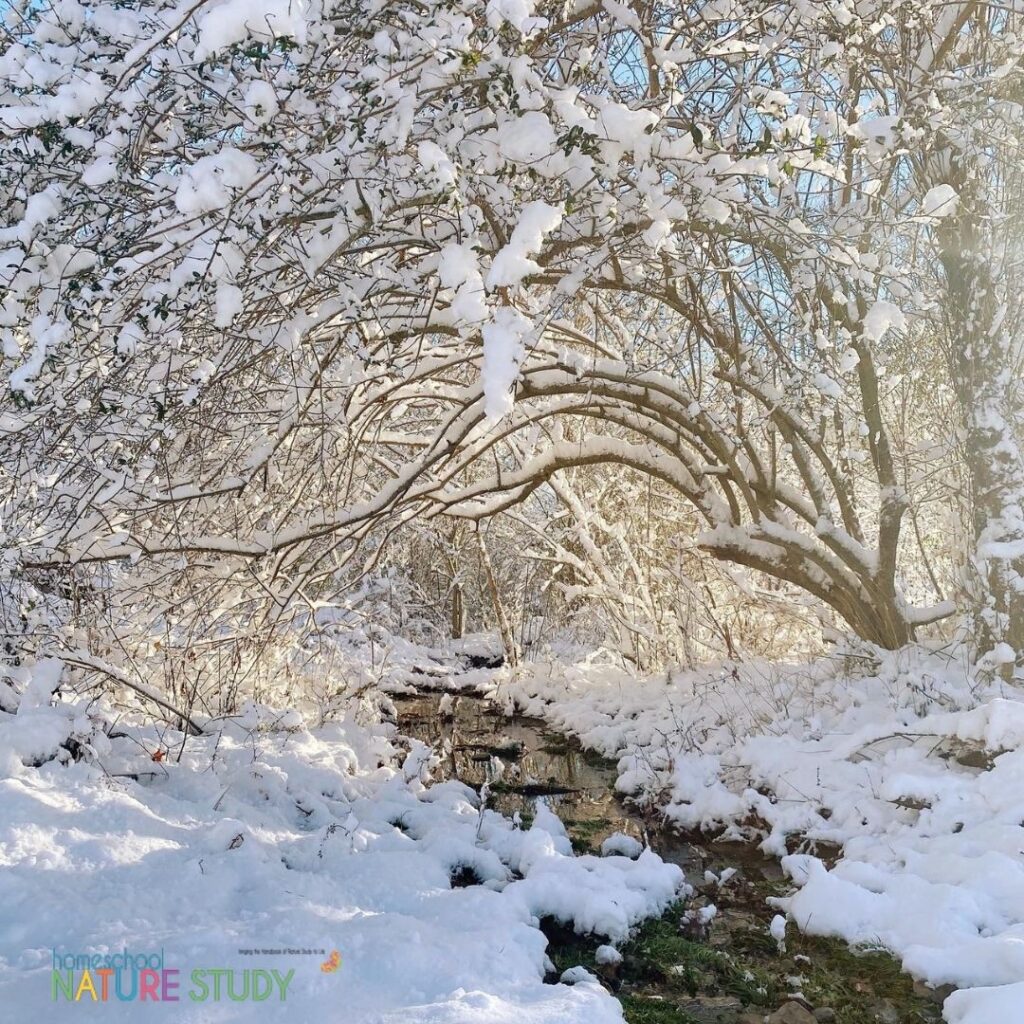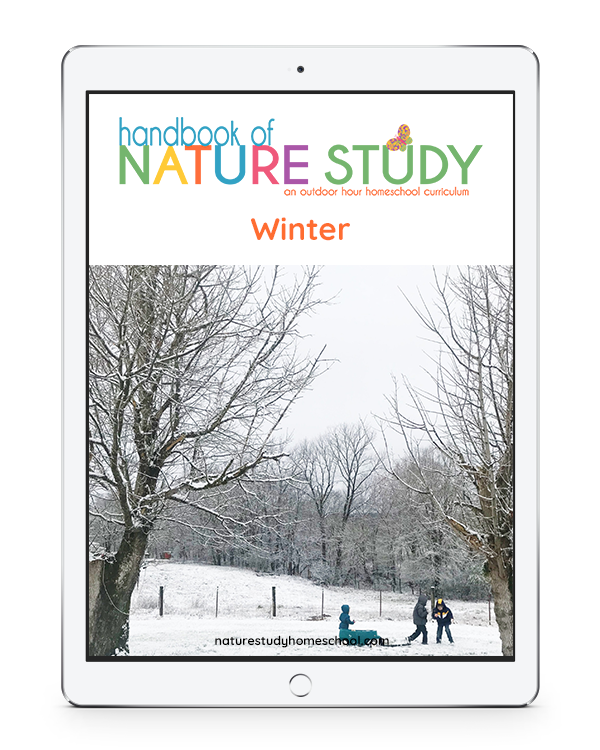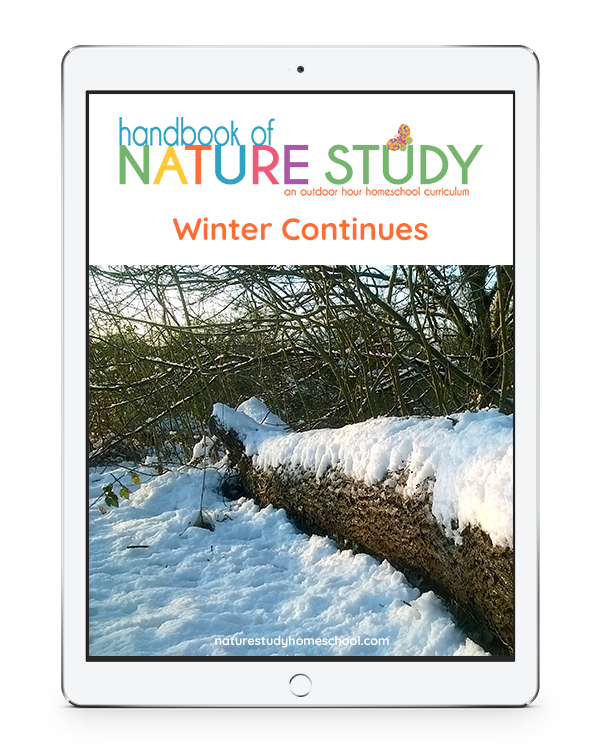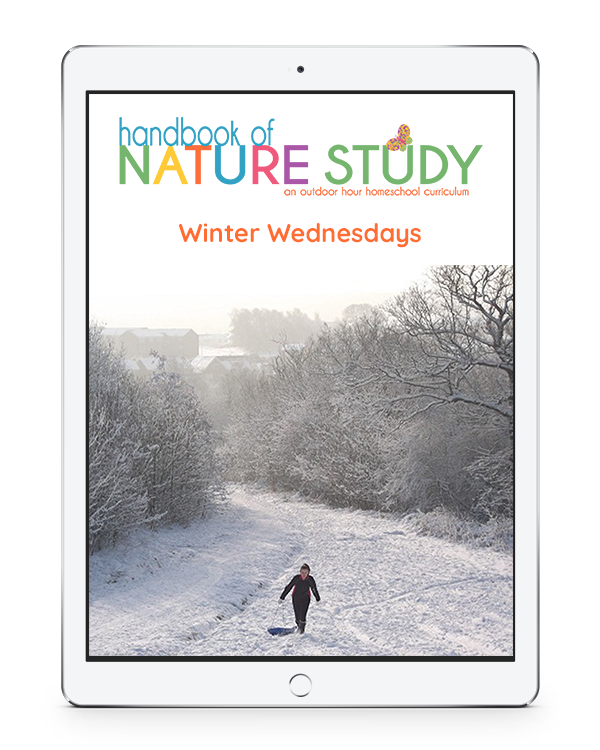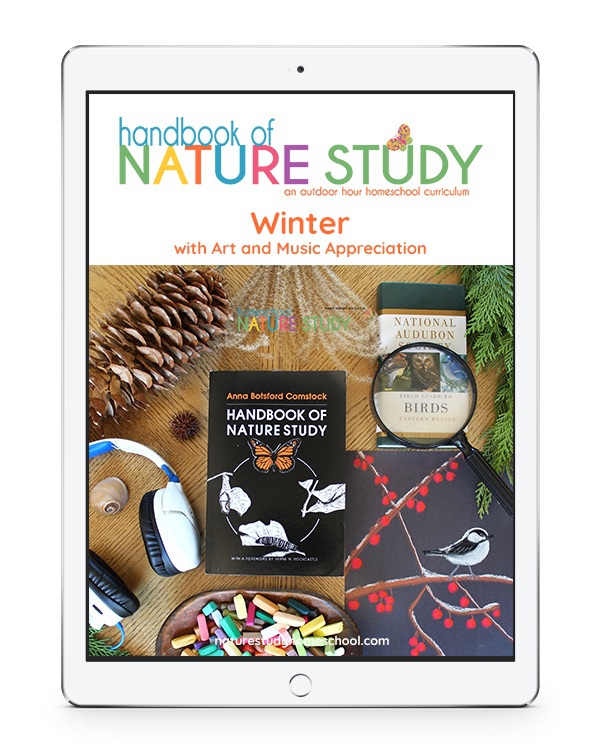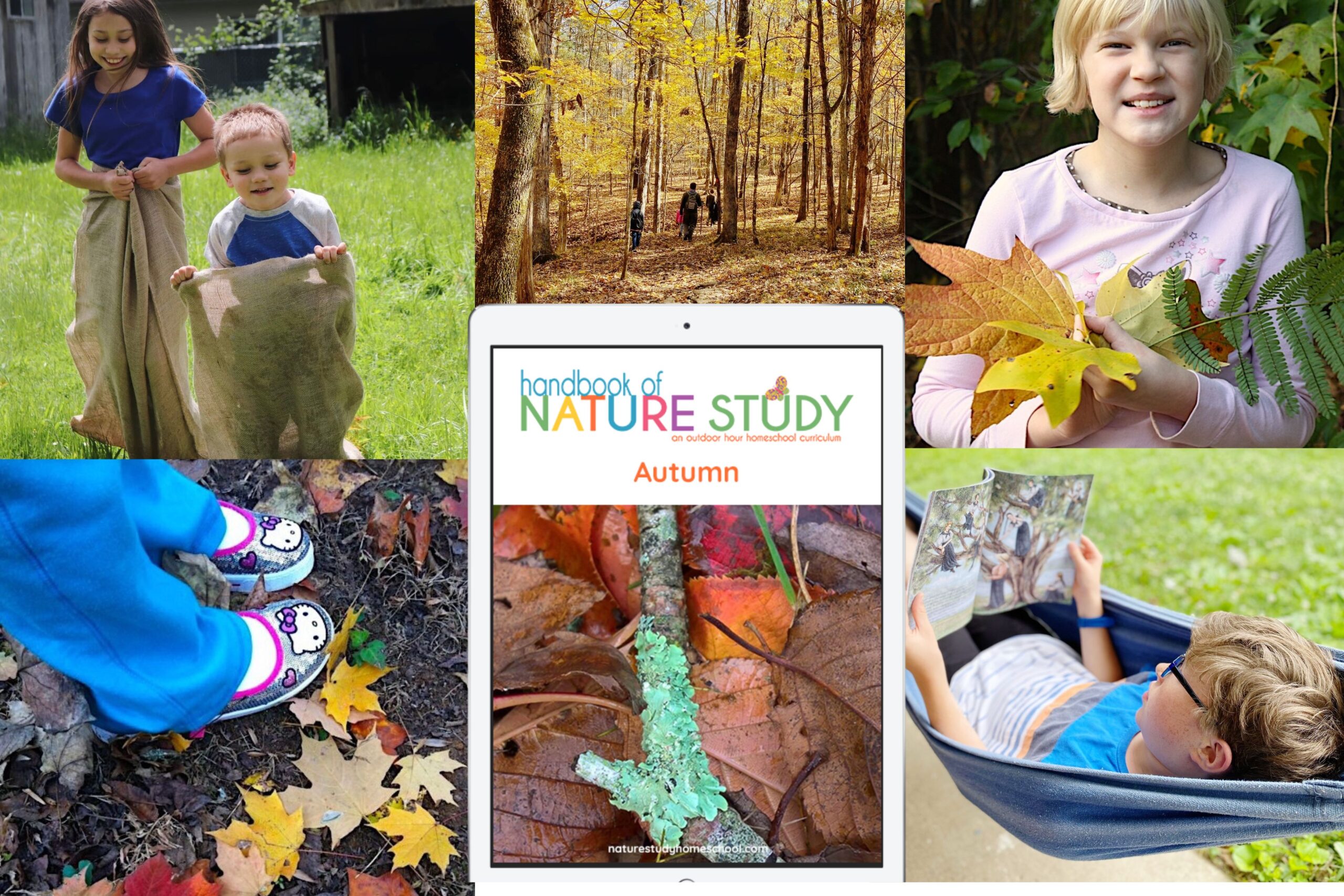
The benefits of outdoor fall activities for kids (and adults!) are truly endless! The crisp, cooler air and the brilliant blue sky (on sunny days) highlight all of the fall leaf color for us. Being outside does wonders for moods. And having an outdoor ‘laboratory’ for discovery is as simple as swinging open your backdoor.
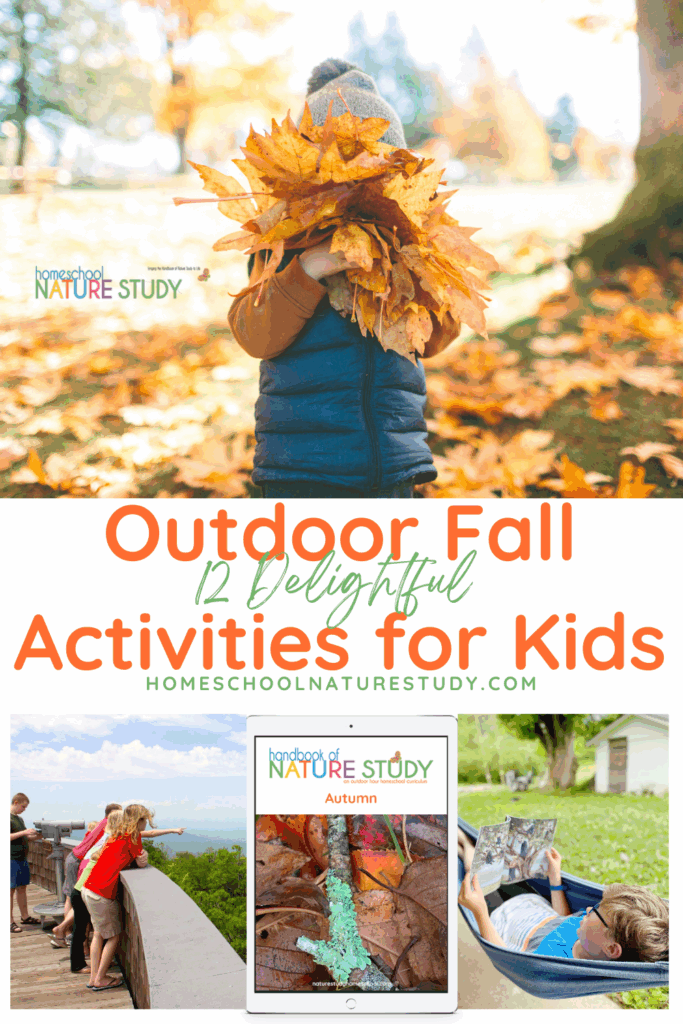
The most important of all is making memories together as a family.
Outdoor Fall Activities for Kids
We have gathered our favorite, fun outdoor fall activities for kids. Enjoy these ideas and get outdoors!
Fall Leaf Activities
These fall leaf activities for kids are a perfect way to study nature throughout the season. Easy to implement and enjoyable for the entire family, this study has options for all ages.
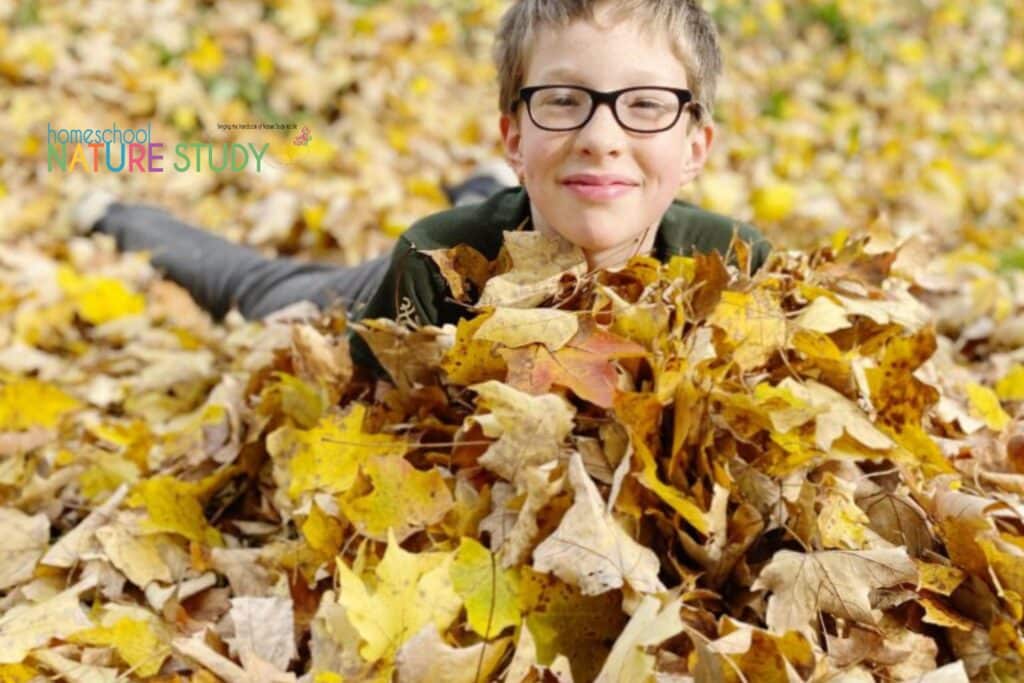
“Make the lesson an investigation and make the pupils feel that they are investigators…The ‘leading thought’ embodies some of the points which should be in the teacher’s mind while giving the lesson; it should not be read or declared to the pupils…The outlines for observations herein given by no means cover all of the observations possible; they are meant to suggest to the teacher observations of her own, rather than to be followed slavishly…If the questions do not inspire the child to investigate, they are useless.”Handbook of Nature Study, page 23
Fall Nature Study in Your Own Backyard
When the calendar flips to September you might be ready for an autumn or fall homeschool nature study in your own backyard. How about your part of the world? Are you feeling like autumn or is it lingering summer? Whatever your world looks like you can take a fall walk and discover some fall color…maybe not your leaves but look for berries, nuts, and weeds that are changing color.
This includes so many plans for fall nature study, nature journaling, Outdoor Hour Challenges and more!
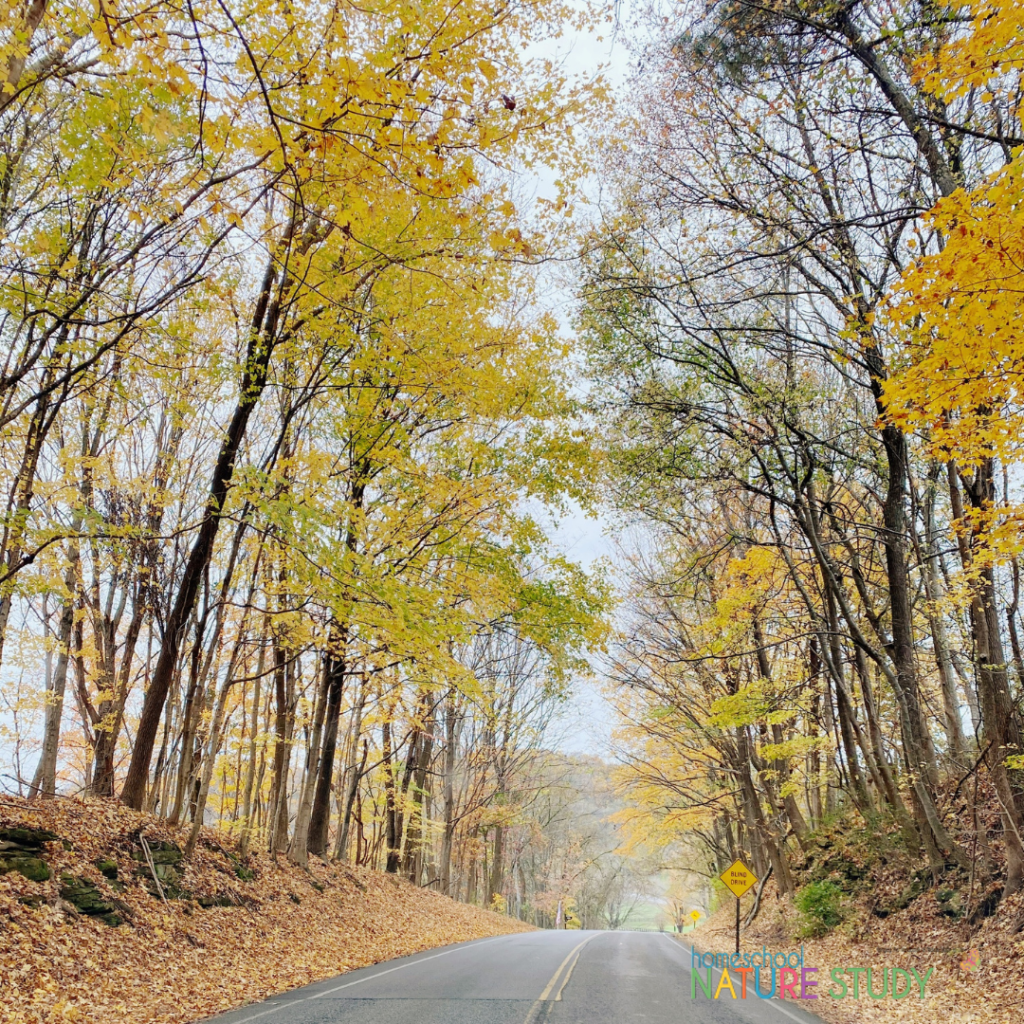
Signs of Fall Outdoor Activities
Are you looking for ideas for some simple fall nature study ideas? Enjoy these ideas and pick those that get you excited to be outdoors this season with your children.
Kids’ Guide to Planting Bulbs in the Fall
You have heirloom bulbs given to you or your bulbs just arrived in the mail? Here is the best guide to planting bulbs in the fall.
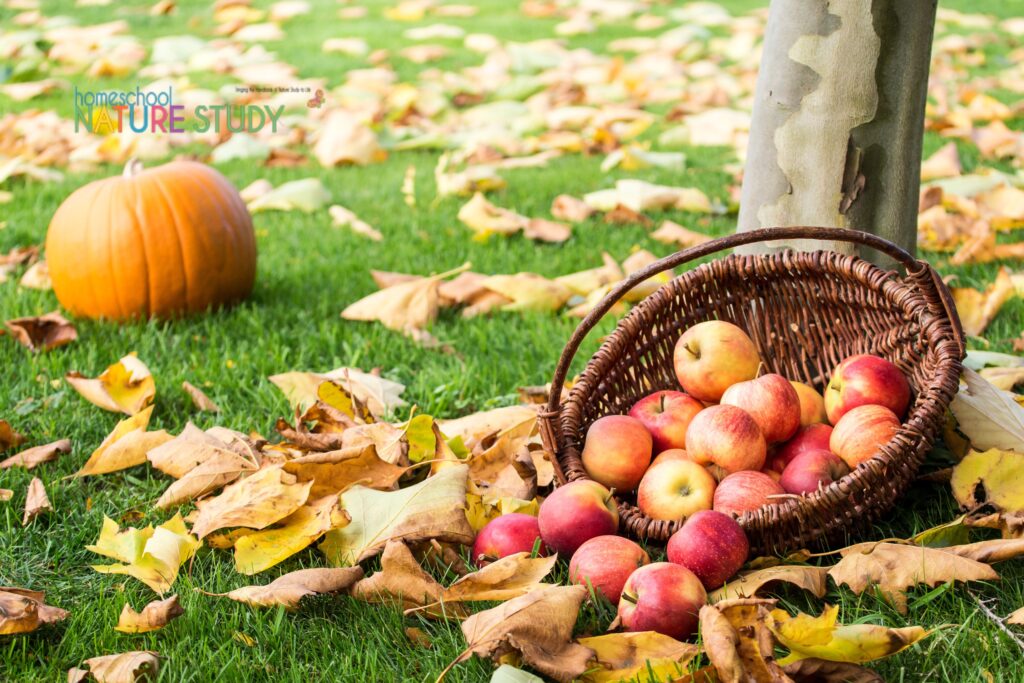
Apples and Pumpkins Studies
When the air turns cooler and the leaves start to change color, it is always fun to learn more about apples and pumpkins!

Fall Outdoor Activities and Ideas for Preschoolers and Toddlers
A really great thing about fall is that it is a great time to get outdoors with the kids and explore nature. With that being said, here are some great fall nature study ideas for toddlers and preschoolers that I hope you (and your little ones) will enjoy.
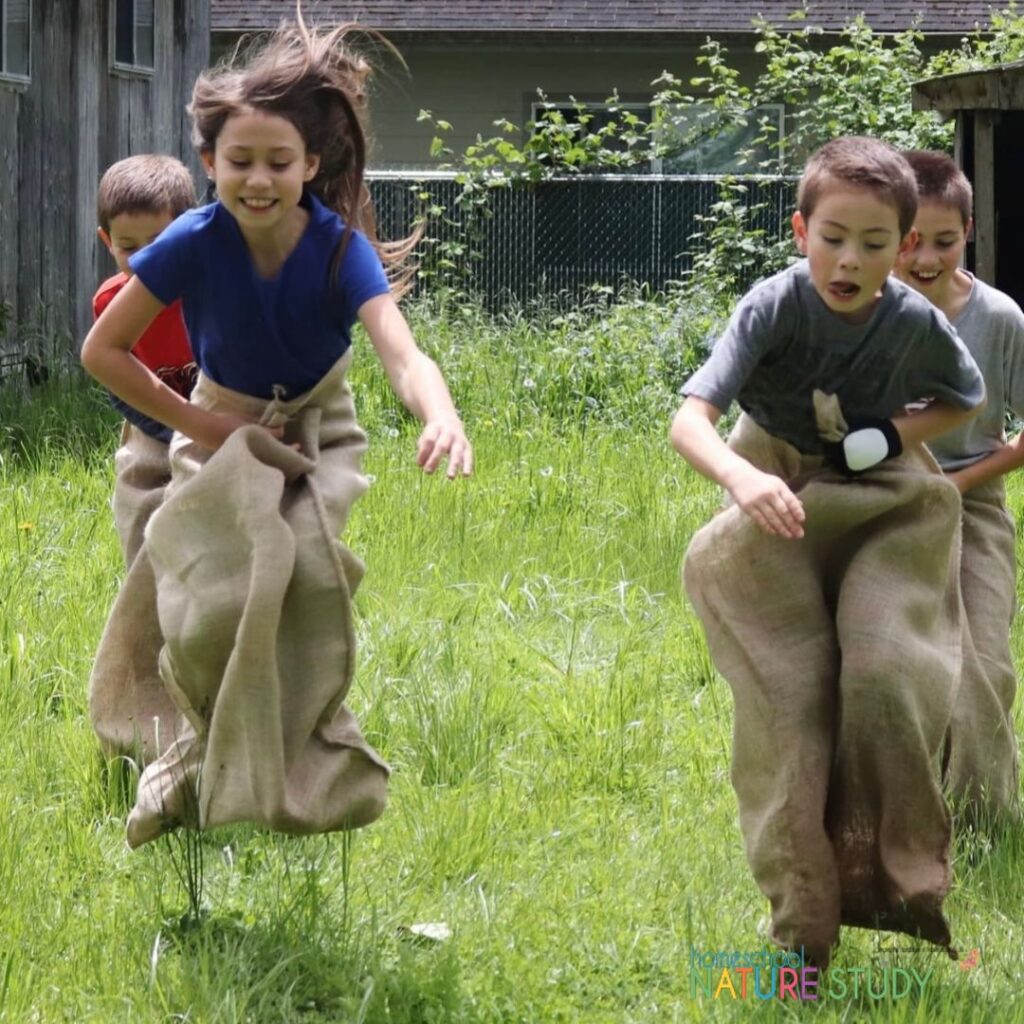
Outdoor Games
Imagine making unforgettable memories with your children through outdoor play. Laughter, smiles, and a time of connecting as a family are only a few virtues of simply getting outside. Immersing ourselves outdoors with our children also cultivates relationships, encourages bonding, and nurtures our mental health. These 5 outdoor games are the very best to encourage a love of the outdoors and have fun!
Outdoor Nature Journaling
These on the go tips will help you make the most of outdoor journaling – while hiking OR enjoying your backyard!
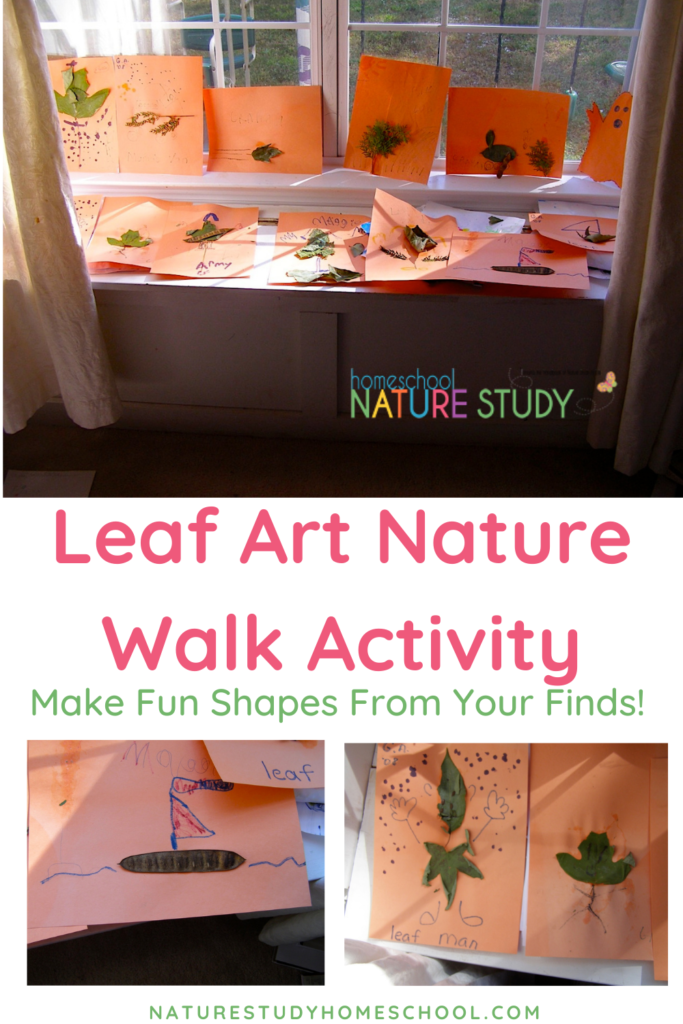
Leaf Art Nature Walk Activity
This is a super fun leaf art nature walk activity that you can do today! After a nature walk, create these fun shapes with the treasures you find.

Field Trips and Day Hikes Near Home
Here are some simple tips for homeschool nature study field trips. You will find that building the habit of taking your nature study on the road is a great way to build memories together as a family.

Nature Walks
The idea of taking a nature walk is nothing new. However, the need for nature walks has never been more evident in our increasingly indoor, sedentary lives. Childhood used to be times of exploring outdoors for hours at a time, but in today’s world few children have the circumstances or incentive to get outside on their own. This is where involved parents can be of such value.
“Time in nature is not leisure time; it’s an essential investment in our children’s health (and also, by the way, in our own).”― Richard Louv, Last Child in the Woods: Saving Our Children from Nature-Deficit Disorder
Fall Bird Study
You can enjoy a simple fall bird study for your homeschool with Project Feederwatch! This is an activity that can help you learn more about your local birds in a way that is fun and useful to the community.
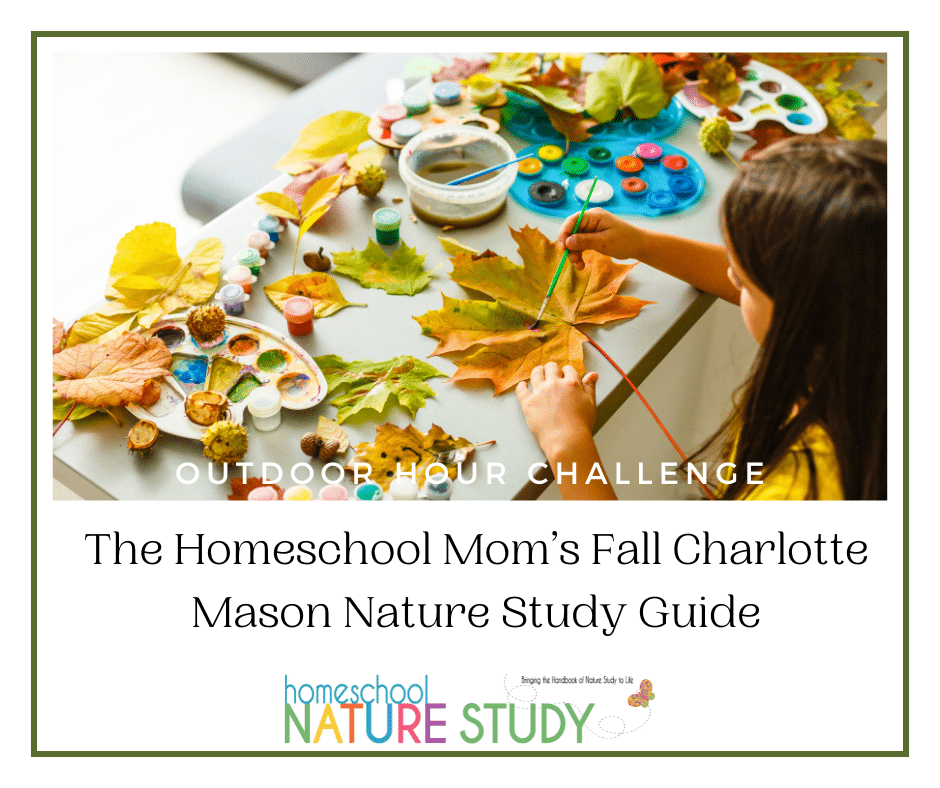
More Fall Homeschool Resources
The Ultimate List of Nature Themed Books for Fall Homeschooling – A lovely stack of nature themed books can be great for learning in the fall months. There is so much to get excited about and learn about in nature!
Fall Charlotte Mason Nature Study Guide for Moms – As August gives way to September and summer slowly slips away to allow autumn to wrap us up in its brilliant display of color, mother turns her attention to planning her fall homeschool.
The Fall Homeschool – We hope you are enjoying the beginning of the school year while you put a few wise finishing touches on your plans for fall.
Fantastic Fall Art Lessons for Kids – Grab a slice of apple pie, some warm socks, bury your homeschooler in a pile of leaves or enjoy these fantastic fall art lessons together! Have we got a fall bucket list for you!
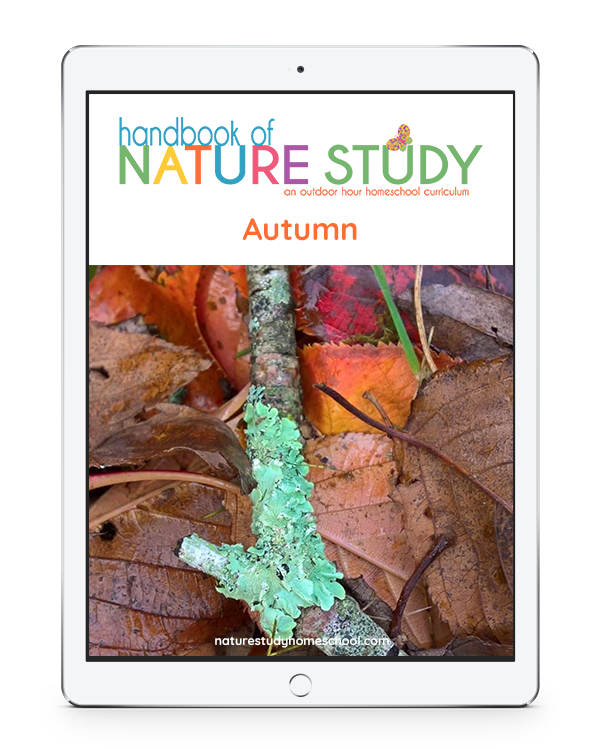
Homeschool Nature Study Membership for Fun Fall Outdoor Learning
You will find hundreds of homeschool nature studies plus all the Outdoor Hour Challenges in our Homeschool Nature Study membership. There are 25+ continuing courses with matching Outdoor Hour curriculum that will bring the Handbook of Nature Study to life in your homeschool! In addition, there is an interactive monthly calendar with daily nature study prompts!
We make it easy with resources you can use at your own pace and on your own schedule. Or, you may choose to follow our annual nature study plans closely and have everything at your fingertips.
Be inspired. Be encouraged. Get outdoors!

Outdoor Hour Challenge by founder, Barbara McCoy, September 2009. Updated by Tricia April 2025. Tricia and her family fell in love with the Handbook of Nature Study and the accompanying Outdoor Hour Challenges early in their homeschooling. The simplicity and ease of the weekly outdoor hour challenges brought joy to their homeschool and opened their eyes to the world right out their own back door! She shares the art and heart of homeschooling at You ARE an ARTiST and Your Best Homeschool plus her favorite curricula at The Curriculum Choice. She and her husband, Steve, are also publishers of Unit Studies by Amanda Bennett.


